Cerca nel Forum
Mostra i risultati del/dei TAG ''porsche 911'' .
Trovato 51 risultati
-
911 Carrera 911 Carrera Cabriolet 911 Carrera GTS 911 Carrera GTS Cabriolet 911 Targa GTS Powertrain T-Hybrid Comunicato stampa Via Porsche. Topic Spy: Porsche 911 Facelift 2024 - Prj. 992.2 (Spy)
- 36 risposte
-
- porsche 911
- porsche
-
(e 1 altro in più)
Taggato come:
-
- 6 risposte
-
- 4
-

-

-

-
- porsche 911 gt3 r rennsport
- porsche 911
- (e 5 altri in più)
-

Porsche 911 Facelift 2024 - Prj. 992.2 (Spy)
nella discussione ha aggiunto Cole_90 in Scoops and Rumors
- 81 risposte
-
- porsche 911
- 992.2
-
(e 3 altri in più)
Taggato come:
-
Porsche 911 GT3 RS svelata al Monterey Car Week. Basata sulla 992.2 la GT3 RS vede salire a sua potenza da 510 CV a 525 CV grazie a nuovi alberi a camme che equipaggiano il flat six da 4.0 litri. La particolare aerodinamica, secondo Porsche, è in grado di generare 410 kg di carico a 200 km/h, ossia più del doppio della precedente GT3 RS e tre volte quello della GT3 "liscia". A 285 km/h la GT3 RS garantisce 860 kg di carico aerodinamico. Lo 0-100 km/h è coperto in 3.2 secondi e la velocità massima è di 296 km/h. Per fermare questa bestia, c'è un impianto in carbo-ceramica con pinze a 6 pompanti all'anteriore (4 per il posteriore) che sono calzate in cerchi da 20 e 21" rispettivamente e monodado centrale. Le porte, così come altri componenti della carrozzeria, sono in fibra di carbonio. La massa complessiva ferma l'ago della bilancia a 1450 kg. La trasmissione è una PDK a 7 rapporti, ma con la leva che simula il leveraggio di un cambio manuale Si aggiunge il pacchetto Weissach e Club Sport (quest'ultimo include un Roll bar interno, tra le altre chicche). Press Release: Porsche Al 'Ring: Press Release 'Ring: Porsche Topic Spy ▶️ Porsche 911 GT3 RS 2023 (Spy)
- 59 risposte
-
- 5
-

-

-

-
- porsche 911 gt3
- gt3
- (e 8 altri in più)
-
- 47 risposte
-
- porsche 911 s/t
- porsche
-
(e 4 altri in più)
Taggato come:
-
IN AGGIORNAMENTO Ecco 911 Dakar, in edizione limitata a 2500 esemplari e con la possibilità di equipaggiarla con la livrea ripresa dalla Safari del 1984. Viene spinta dal 3.0 biturbo flat six da 480 cv e 570 Nm Press Release: Porsche Topic Spy: ➡️ Porsche 911 Dakar 2023 (Spy) Spettacolare!
- 77 risposte
-
- 9
-

-

-

Singer Dynamic and Lightweight Studio / Singer Turbo 2023
nella discussione ha aggiunto Beckervdo in Presentazioni Nuovi Modelli
Ammettiamolo, sognare non costa nulla. Ma porcamiseria se fa male quando ti svegli! Prendete Singer che già fa dei restomod con i controglioni delle Porsche 911 964 utilizzando prima i resigui bellici delle 964 che non hanno abbracciato un platano; poi con il tempo in collaborazione con Williams Racing realizza una versione elaborata del Flat Six da 4.0 litri che sputa fuori 500 CV ed allunga fino a 9000 rpm. Ora l'ago si sposta più in avanti. L'estetica prende a piene mani dalle 934/5 da corsa degli anni '70, e potete averla in due salse. Entrambe le versioni sono dotate di enormi parafanghi in carbonio, posteriori extra-boxy con prese di raffreddamento massicce, oltre a finestrini laterali posteriori dotati di prese d'aria che alimentano l'affamato 3,8 litri turbo flat-six nella parte posteriore. Ma mentre la versione stradale è dotata di uno spoiler retrò Ducktail, il modello Track ha un'enorme ala a due piani, oltre a uno splitter anteriore ancora più grande. Non riesci a decidere quale versione preferisci? Singer venderà una macchina con entrambe le ali in modo da poter scambiare tra i due a seconda del vostro umore . Il labbro anteriore sporgente e il modo in cui la carreggiata posteriore sembra estendere la carrozzeria (300 mm) dalla linea oltraggiosa se si osserva dalla tre quarti anteriore, ma sono totalmente insane se viste da dietro. Gli interni sono altrettanto sorprendenti, e sebbene differiscano in termini di materiali, colori e allestimenti, entrambi presentano gli stessi sedili e quadranti sportivi fortemente rinforzati che combinano elementi di stile degli strumenti Porsche degli anni '60 e '80. Ma il cuore del DLS-Turbo è, naturalmente, il motore turbo. A prescindere se siete tipi da track days o più "riservati" dietro alla vostra schiena pulsa un 3,8 litri twin-turbo flat-six che esplode oltre 700 CV di potenza bruta. Un risultato mostruoso se lo si confronta con 500 CV per il 4.0 DLS e 515 CV del motore nel 911 Turbo Studio. È dotato di teste raffreddate ad acqua, come una Porsche 959, una ventola azionato elettricamente, e nonostante la presenza di quei turbo gira ancora a oltre 9.000 rpm. La potenza va all'asse posteriore solo tramite un cambio manuale a sei marce e i due cerchi dal diametro di 19 anteriore e 20 pollici per le ruote posteriori con center-lock. Le gomme possono essere Michelin Cup 2s o Cup2Rs e le posteriori, nel caso in cui si stesse cercando di misurare mentalmente la larghezza, misurano 345 mm di larghezza. Singer sta costruendo 99 DLS Turbo, e anche se non ha rivelato un prezzo ci si può aspettare che il conto superi comodamente i 2 milioni di dollari richiesti per il DLS originale. Signori è pornografia.- 9 risposte
-
- 8
-

-

-

-
- dls singer turbo
- dls
- (e 6 altri in più)
-

[FRA] Porsche 911 Carrera GTS "Le Mans Centenaire Edition" 2023
nella discussione ha aggiunto j in Presentazioni Nuovi Modelli
- 5 risposte
-
- 2
-

-
- porsche 911 carrera gts le mans centenaire
- porsche 911 carrera gts
- (e 3 altri in più)
-
-
- 992.2
- porsche gt3
-
(e 4 altri in più)
Taggato come:
-
La 911 Carrera T torna come versione alleggerita della Carrera. La dieta le ha fatto risparmiare 45kg (rispetto ad una Carrera PDK), diminuzione ottenuta eliminando i sedili posteriore, riducendo il materiale fonoassorbente, utilizzando il manuale (il PDK è comunque disponibile come optional), cristalli più sottili ed una batteria di dimensioni più piccole. Tra le dotazioni standard figurano il PASM Sport Suspension (-10mm), lo Sport Chrono Package, uno scarico sportivo e il differenziale a slittamento limitato con Porsche Torque Vectoring. Esteticamente troviamo cerchi da 20” davanti e da 21” dietro, loghi Carrera T, sedili Sport Seats Plus ed inserti neri opaco e nero lucido. Sarà ordinabile da fine anno. Press Release: Porsche
- 31 risposte
-
- porsche 911 carrera
- porsche 911
- (e 4 altri in più)
-
Parrebbe ormai essere certo che il muletto in questione sia una variante Safari dell’attuale 911. Come sappiamo già era in cantiere con il progetto 991, ma non ha mai raggiunto la produzione. motor.es
- 41 risposte
-
- 10
-

-

-

-
- 992
- porsche 911 safari
-
(e 6 altri in più)
Taggato come:
-
Al debutto la variante d'ingresso della serie GT3 di 911: Porsche ha lavorato di fino sul 4.0 flat six aspirato portandolo a 510 cv, 470 Nm di coppia e limitatore a 9.000 rpm. La scelta delle trasmissioni spazia dal 6 marce manuale al PDK a sette rapporti. Il peso si attesta sui 1418 kg per la manuale, troppi? Forse sì, ma sono state apportate modifiche a vetri, batteria, scarico e cerchioni per contenere il peso totale. Per gli amanti della velocità e dei numeri, 911 GT3 ha staccato un tempo di 6:59.927 al 'Ring! Press Release: Porsche Italia Topic Spy: ➡️ Porsche 911 GT3 2021 - Prj. 992 (Spy)
- 53 risposte
-
- 6
-

-

-

-
- porsche
- porsche ufficiale
- (e 8 altri in più)
-
L'ottava generazione della Porsche 911 debutta al Salone di Los Angeles con un design evoluto, interni totalmente ridisegnati e nuove dotazioni tecniche: caratteristiche che indicano con precisione gli obiettivi della Casa tedesca, intenzionata a proporre un prodotto rinnovato sotto molteplici aspetti ma al tempo stesso fedele all’impostazione originale. La Porsche ha già comunicato i prezzi di lancio della 992 per il mercato italiano: 123.999 euro per la Carrera S e 132.051 euro per la Carrera 4S. Senza tempo, ma con tante novità stilistiche. Come ampiamente anticipato dalle foto spia, la Porsche ha voluto mantenere le proporzioni e gli stilemi tipici del modello, rivoluzionando però la zona posteriore con un nuovo gruppo ottico Led che si sviluppa in senso orizzontale. L'aumento importante delle carreggiate, con 45 mm in più all'anteriore, coda larga per tutte le versioni e l'adozione di cerchi di lega da 20" anteriori e 21" posteriori, ha reso ancora più sensuale la fiancata. Qui troviamo per la prima volta anche le maniglie a filo carrozzeria, mentre il frontale è caratterizzato dai gruppi ottici Led ridisegnati e dal profilo del cofano anteriore che cita apertamente le 911 classiche. In coda si fanno notare anche i nuovi scarichi integrati nel paraurti e l'appendice aerodinamica attiva cresciuta in dimensioni rispetto al passato. Le Carrera S e 4S da 450 CV con il Pdk otto marce. Quando una nuova 911 si affaccia sul mercato il primo sguardo va sempre alla scheda tecnica. In questo caso la Porsche ha evoluto senza rivoluzionare e senza dare spazio, per il momento, all’elettrificazione, ma ha voluto introdurre per prima solo la Carrera S nelle versioni a due e quattro ruote motrici. Il propulsore 3.0 boxer biturbo è stato aggiornato rispetto alla 991 lavorando sulla sovralimentazione e sul sistema di iniezione, passando da 420 a 450 CV. Ma la vera novità è l'introduzione del cambio automatico doppia frizione Pdk a otto marce, comandabile, oltre che dai paddles, anche dalla piccola leva verticale integrata nel tunnel centrale. Per il momento non si parla di una variante manuale, ma sono già noti i dati prestazionali: 3,7 secondi per toccare i 100 km/h da fermo (3,6 per la Carrera 4S) e 308 km/h di velocità massima (306 per l'integrale), con ulteriori due decimi limati in accelerazione (3,4 secondi) optando per il pacchetto Sport Chrono opzionale, che include anche il selettore rotativo sul volante. I consumi medi si attestano a quota 8,9 l/100 km secondo il ciclo Nedc ricalcolato (9,0 per la 4S). Debutta infine la modalità di guida Wet, pensata per le condizioni stradali più difficili e per i guidatori meno smaliziati. Interni ridisegnati per il display da 10,9”. Gli interni riflettono l'impostazione dei più recenti modelli Porsche con un marcato sviluppo orizzontale e introducono un’impostazione incentrata sul display da 10,9” dell'infotainment, che ora sovrasta le bocchette di aerazione. Oltre alla funzione touch sono disponibili cinque pulsanti fisici per accedere alle principali aree. Inoltre, funzioni come la navigazione, la connettività e gli altri servizi del Porsche Connect Plus sono di serie. La nuova strumentazione, con contagiri analogico centrale e due display laterali inseriti in una lunga palpebra ispirata alle 911 classiche con cinque strumenti affiancati, integra per la prima volta il sistema Night Vision con le immagini proiettate dalla telecamera con sensore termico. Sono infine previsti anche altri Adas aggiornati: il Cruise Control adattivo con funzione stop & go e l'Emergency Assist. Tre app per il lifestyle Porsche. La Porsche ha diffuso anche le prime informazioni su alcune nuove iniziative dedicate ai clienti: si tratta di tre diverse applicazioni che offrono contenuti dedicati agli appassionati e che coinvolgono il tempo trascorso dentro e fuori della propria 911. Con l’app Porsche Road Trip è possibile ricevere suggerimenti per organizzare un viaggio abbinando punti di interesse, hotel e ristoranti esclusivi. Con l’applicazione Porsche 360+ viene messo a disposizione un assistente digitale per ogni esigenza, mentre con la Porsche Impact si può rimanere informati sulle attività della Porsche dedicate all'ambiente: di fatto la Casa di Stoccarda vuole dimostrare ai propri clienti di adoperarsi per ridurre le emissioni CO2 attraverso investimenti in progetti legati alle energie rinnovabili e alla protezione della natura per bilanciare il proprio impatto sull'ambiente. Carrera Press Release Carrera: Porsche Carrera 4 Press Release Carrera 4: Porsche Carrera S Carrera 4S Press Release: Press Release Carrera S e Carrera 4S: At the same time, the newly developed LED headlights illustrate how technology has advanced in the 911. These headlights are integrated into the wings almost seamlessly, taking the typically-911 round and upright form. Flush integration of the electrical pop-out handles in the doors emphasises the tapered and smooth side contour. The exterior mirrors have also been redesigned, and are now optimised to minimise wind noise. It’s also possible to fold the mirrors in electronically. The rear of all models is dominated by the significantly wider, variable-position spoiler and the seamless, elegant light bar. The vertically arranged louvres of the air intake echo the contours of the rear window. The centrally located third brake light has also been integrated in the intake louvres. Since this is hidden when the rear spoiler is extended, there is a second brake light in the spoiler itself. As a distinguishing feature, the rear-wheel-drive models have black louvres, while the all-wheel-drive models have chrome elements in the rear grille. With the exception of the front and rear sections, the entire outer skin is now made from aluminium. Redesigned interior with clear lines The interior is distinctive, with the clear, straight lines and recessed instruments defining the dashboard. The 911 models from the 1970s provided the inspiration here as well. As it does in the original 911, the new dashboard covers the entire width between two horizontal wing levels. Alongside the centrally positioned rev counter, two thin, frameless freeform displays deliver information to the driver. Now 10.9 inches in size, the centre screen of the Porsche Communication Management (PCM) can be operated quickly and without causing distraction. Below it, a docked-on control panel of five buttons with the look of a classic toggle switch creates the transition to the centre console with touchpad. The seats have also been fundamentally modified. The new design reduces the vehicle weight by around three kilos, while the adapted geometry offers significantly better lateral support in the shoulder area. Although the seat is now positioned five millimetres lower and has a minimally thinner seat cushion, seating comfort has been improved overall. In the area of digitisation, the 911 takes the next step into the future with permanent connectivity, as well as new functions and services. The standard PCM features include online navigation based on swarm data as well as Porsche Connect Plus. New assistance systems enhance safety and comfort In a world first, Porsche has developed Wet mode, included as standard. This function detects water on the road, preconditions the control systems accordingly and warns the driver; the driver can then adjust vehicle settings for a particular emphasis on safety at the push of a button, or by means of the mode switch on the steering wheel (optional Sport Chrono Package). The camera-based warning and brake assist system, also fitted as standard, detects the risk of collisions with other vehicles, pedestrians or cyclist and initiates a warning or emergency braking if necessary. Night Vision Assist with a thermal imaging camera is optionally available for the 911 for the first time. The adaptive cruise control option includes automatic distance control with stop-and-go function and reversible occupant protection. The next generation of flat-six engines The turbocharged flat-six engines also enter a new generation with the new 911. In addition to compliance with the latest emissions standards by way of a gasoline particulate filter, the primary focus of advanced development here was on further enhancing performance. New, larger turbochargers with symmetrical layout and electrically controlled wastegate valves, a completely redesigned charge air cooling system, and use for the first time of piezo injectors combine to attain engine improvements in all relevant areas: responsiveness, power, torque characteristic, endurance, revving ability. In addition to performance enhancement of 22 kW (30 PS), achieving 331 kW (450 PS; 911 Carrera S: Fuel consumption combined 10,0 – 9,6 l/100 km; CO₂ emissions 227 – 220 g/km; 911 Carrera 4S: Fuel consumption combined 10.1 – 9.7 l/100 km; CO₂ emissions combined 231 – 222 g/km) at 6,500 rpm, the 911 Carrera S engine achieves an extra 30 Nm of torque: 530 Nm in total. This is available within a wide range of speeds, from 2,300 to 5,000 rpm. The Porsche 911 mythology, right on the wrist Porsche Design is honouring the new generation of the 911 with a special-edition watch limited to 911 pieces: the “911 Chronograph Timeless Machine Limited Edition.” The unmistakable design of the automotive icon is reflected in the puristic design of this timepiece and the contouring of the titanium housing. Even the generously dimensioned black dial is derived from its motorised forerunner. The white pointers and indicators guarantee maximum readability both in the cockpit and on the wrist. The totalisator at 6 o’clock references the sports car icon with the markings at 3/6/9 and 11. The same is true for the silhouette of the 911 flyline on the dial, and the strap that is produced using original Porsche interior leather. The special edition will be available from April 2019 in an exclusively boxed edition which also includes a special limitation badge. The previous seven generations The original 911 A legend was born at the International Motor Show Germany (IAA) in Frankfurt. It’s 12 September 1963: Porsche presents the hotly anticipated successor to the 356 – a sports car which 15 years previously had started this car manufacturer’s brand history in Gmünd, Austria. 111,995 examples of the original 911 – initially called the 901 – are built before the model is discontinued. The G series Ten years later, in 1973, the G series 911 is launched with fundamental changes. Many of these have become necessary because of stricter safety specifications in the USA – an important export market. The Stuttgart-based car manufacturer relies on powerful turbo engines and a galvanised body in its top model, additionally launching a Cabriolet version of the 911 and the Speedster, alongside the Targa. 198,496 Porsche 911 G Series are built by 1989. Type 964 Its successor, referred to internally as type 964, comes to market in 1988. The first model variants of the 964 generation show just how advanced the new 911 is: the all-wheel drive is introduced to the series for the first time on board the Carrera 4, with Porsche having originally designed it for the 959 high-performance sports car. The 911 Carrera 2 with rear-wheel drive follows in 1989. Along with the Coupé, the Cabriolet and Targa versions also celebrate their debut at the same time. For all versions it’s true that, beneath the trusted bodywork – barely modified apart from integrated bumpers – 85% of the 964 is made from newly designed parts. From October 1993, after 63,762 third-generation Porsche 911s are produced within six years, the new successor is ready. Type 993 The fourth generation of the 911 – the type 993 – is one of the most desirable editions. Initially, Porsche offer it only as a Coupé and Cabriolet. The Targa does not make its debut until 1995, at which time it arrives incorporating a new concept: instead of a removable hardtop, it has a glass roof with a large surface area, which can be descended under the rear window. The chapter of air-cooled engines also ends in 1998 after the production of 68,881 vehicles. Type 996 With the fifth generation of the 911, Porsche stops using air-cooled engines – already starting in 1997. The type 996 represents the biggest departure in this classic’s family tree. The company is in a state of financial upheaval. After 34 years, the sports car manufacturer comprehensively realigns its icon with the 996 generation. The focus is on reducing production costs – a process started in the model’s predecessor, by ensuring the greatest possible compatibility of parts with other production series such as the new Boxster, and updated safety and emissions specifications, among other initiatives. Production doesn’t end until 2005. With 175,262 units sold, the 996 is the long-underestimated success model in the more than 40-year history of the 911. Type 997 From 2004, the type 997 Porsche 911 is more multifaceted than ever: customers can choose from a Coupé or Targa, Cabriolet or Speedster, rear- or all-wheel-drive, narrow or widened bodywork, with water-cooled aspirated and turbo engines, a GTS or the GT2, GT2 RS or GT3 sport versions, or either of two GT3 RS models. Including special models, the range has a total of 24 model variants – supplemented by a wide range of personalisation options. With 213,004 vehicles out there, the sixth generation of the 911 again hits a production record. Type 991 From 2011, the 991 embodies the highest development stage of the Porsche 911 to date. It is an extraordinary reflection of this sports car manufacturer’s leitmotif: striving for the best possible efficiency. This can be seen in all aspects, starting with its evolved design. A more compact silhouette, tension-charged surfaces, and precisely defined details mean the 991 looks more powerful than any other previous 911 – an effect that is heightened by the wider track and the wheelbase that has been extended by ten centimetres. It also features adaptive aerodynamics: the 911 is the first series sports car from Porsche to adopt these from the 918 Spyder hybrid supercar. The 991 generation of the 911 is the absolute best seller in the history of this icon. 217,930 of them were built by October 31, 2018. In total, Porsche has produced 1,049,330 series 911s since its debut in 1963. Porsche
- 153 risposte
-
- 3
-

-

-
- 911 carrera cabrio
- 911 carrera
- (e 9 altri in più)
-
Io la cartella stampa non la metto...metto solo le immagini. Il Boxer 6 cilindri è quello che già conosciamo. Basta, non dico altro, se non "che sfortuna esser povero". Via Autocar.co.uk
- 23 risposte
-
- 9
-

-

-
- 42 risposte
-
- 1
-

-
- porsche 911 gt3
- porsche 911
-
(e 5 altri in più)
Taggato come:
-
Oliver Blume ha rivelato alcuni dettagli e qualità del modello in un'intervista in attesa di dichiarazioni molto interessanti:
- 24 risposte
-
- 2
-

-

-
- porsche spy
- porsche 911 hev
- (e 7 altri in più)
-

[USA] Porsche 911 Cabriolet GTS America 2023
nella discussione ha aggiunto __P in Presentazioni Nuovi Modelli
-
- porsche 911
- 911 cabrio gts america
- (e 6 altri in più)
-
Porsche presenta la Nuova 911 Sport Classic con l'immancabile e caratteristica Ducktail; fa parte della linea Heritage Design ed è limitata a 1250 esemplari. Un mix tra Turbo e GTS, presenta carreggiate allargate à la Turbo, decals specifici ed interni con il mitico tessuto Pepita su sedili e pannelli, mixato con pelle cognac/nera. Le sospensioni mutuate da GTS, si uniscono al 3.7 TwinTurbo inline six da 550cv con trazione posteriore e cambio manuale. Tra l’equipaggiamento standard figurano PASM, freni ceramici, PDCC, asse posteriore sterzante, Sport Chrono Package, e lo scarico Sport Exhaust che dovrebbe sentirsi di più anche all’interno avendo rimosso del materiale isolante. Specifiche per la versione sono i decals applicati su carrozzeria, il tetto “double bubble”, il cofano il cofano CFRP (carbon fiber reinforced plastic) e i loghi color oro. Chi acquista la Sport Classic ha anche la possibilità di acquistare un cronografo dedicato. Design: Video: Cartella Stampa: Porsche Media
- 21 risposte
-
- 13
-

-

-
- porsche 911
- 911 sport classic
-
(e 1 altro in più)
Taggato come:
-
https://newsroom.porsche.com/en/2021/motorsports/porsche-motorsport-manthey-racing-25-years-anniversary-limited-edition-racing-car-911-gt2-rs-clubsport-25-25365.html
-
- 2
-

-
- porsche 911 gt2 rs clubsport 25
- porsche 911
-
(e 2 altri in più)
Taggato come:
-
La gamma della 992 sta rapidamente prendendo forma ed oggi parliamo della nuova GTS, anello di congiunzione tra le 911 "normali" e la Turbo. Uno dei modelli più apprezzati torna con 480 cv e 570 Nm di coppia (rispettivamente 30 cv e 20 Nm in più rispetto alla precedente 991 GTS) e si rende disponibile su Carrera, Carrera 4 (sia coupé che cabrio) e Targa 4. Porsche ha inoltre ribassato l'assetto di 10mm e mutuato l'impianto frenante dalla Turbo oltre a darle un look specifico con loghi e dettagli esterni in colore nero ed interni in microfibra Race-Tex. Tra le varie aggiunzioni troviamo il pack Sport Design, lo sterzo GT Sport ed il Pack Sport Chrono di serie. Qualora invece vogliate rendere la GTS più leggera, troviamo l'opzionale Lightweight Design Package con sedili con guscio in fibra di carbonio, vetro posteriore e laterali alleggeriti, batteria light e rimozione dei sedili posteriori: tutto ciò fa risparmiare 25 kg. Nonostante non appaia in foto, il modello è anche disponibile in versione Cabriolet con tetto in tela. 911 GTS 911 GTS Targa Press Release: Porsche Io innamorato ❤️
- 15 risposte
-
- 4
-

-

-
- 911 gts 2021
- 911
- (e 9 altri in più)
-

Porsche 911 GT3 e 911 GT3 Touring 2021 - Prj. 992 (Spy)
nella discussione ha aggiunto Beckervdo in Scoops and Rumors
Shut up and take my money- 124 risposte
-
- 3
-

-

-
- porsche 911
- porsche 911 gt3
-
(e 6 altri in più)
Taggato come:
-

Porsche 911 by Singer All-terrain Competition Study
nella discussione ha aggiunto AleMcGir in Sport Motoristici
https://www.carscoops.com/2021/01/singer-reveals-all-terrain-competition-study-based-on-964-gen-porsche-911/ https://www.autoblog.com/2021/01/05/singer-porsche-911-all-terrain-competition-study-rally/- 19 risposte
-
- 14
-

-

-

-
- porsche 911 singer all terrain competition study
- porsche 911
- (e 5 altri in più)
-
PORSCHE 911 TURBO S Innanzitutto ringrazio Porsche Treviso per avermi concesso questa ennesima prova di un prodotto Porsche. FUORI: l'auto si presenta nella stupenda tinta Argento GT, per me uno dei migliori colori da mettere su una Porsche a prescindere. Spoiler alzato, accanto ad un altrettanto scenica Tycan 4s. I cerchi non sono quelli che preferisco, ma va da sè....la 992 turbo s mi piacerebbe anche in marrone....per cui.... DENTRO: pelle nera, cielo in alcantara nero, la "solita" perfetta Porsche, ineccepibile, come sempre. COME VA: Treviso è un po' trafficata ma ci sono agevolmente delle strade deserte messe davvero molto bene che non vengono utilizzate (le famose strade di collegamento non ancora finite, per cui, chiuse al traffico in pratica, ma accessibili dai residenti...per cui.... una volta scaldato a dovere il tutto con calma, e dopo aver saggiato la guida cittadina della macchina (auto davvero facilissima e con cui si ha un immediata confidenza anche nel fare le manovre più impegnativa, nonostante la larghezza) provo quello per cui sono andato: il Launch Control. Ho visto diversi video in merito e non so come abbia fatto Porsche, ma ha un sistema davvero micidiale, ha una trazione che mi ha fatto stare zitto laddove di norma, parlo con chi mi sta accanto. Ebbene ho staccato un 2.6 sullo 0-100 in due, con il pieno di benzina....non ho parole. Incredibile. Poi metto in manuale, faccio qualche curva, e lei è li granitica, sembra che il limite non sia superabile, invece se non si fa la dovuta attenzione si rischia di entrare in curva a velocità talmente elevate che poi sarebbe la fisica a prendere il sopravvento. Ad ogni modo Molto più "veloce" di una 488 nello scatto puro, e molto, molto più facile da guidare. La Ferrari è decisamente più impegnativa e da guidare, ma la Porsche è 4wd, per cui ci sta. Il cambio è il consueto perfetto PDK, ma devo ammettere, non è al livello del cambio Ferrari quando si va forte. Invece, trovo che il PDK sia decisamente più morbido e confortevole se si vuol andare a spasso in scioltezza. Il cambio Ferrari invece chiede sempre e comunque di "andare" senza tanti preamboli od incertezze, ma su una vettura sportiva non è un difetto. Ma su Porsche devo dire che si ha questo e quello, seppur non ai livelli di Ferrari come detto, e questo la rende più fruibile come auto da tutti i giorni. Come detto molto, molto facile da guidare forte. Porsche riesce sempre a fare il passo in più che ad ogni serie sembra impossibile riesca a fare. Purtroppo per esigenze di lavoro non ho avuto modo di tenerla per il tempo che avevo preventivato, ma tutto sommato, non ho fatto il solito giretto da 15 minuti, quindi sono comunque contento. SOUND: non malaccio, in downshift ogni tanto borbotta e fa piacere, ma sempre con grazia. dentro è artificale purtroppo, molto bello...ma artificiale. Ad ogni modo il sound a finestrino aperto c'è.....ma forse ci manca un po' di "drama". Una cosa che non mi va giù è il rev limiter in folle.....non posso accettare su una vettura così che a 4mila giri tagli la magia....spero lo eliminino prima o poi...poiché è una cavolata da perbenisti che con una turbo S non c'entra nulla. IN SOLDONI: vale 250 mila euro? E' cara, certo.....ma li vale? mmmmm, non saprei ad essere onesto. Ho percepito il termine "sterile" che ha menzionato ieri @poliziottesco....in effetti è tutto un po' artificiale. Perfetto.......ma artificiale. Non è "coinvolgente" a tutto tondo; se prendiamo la singola prestazione, lo 0-100 è da 10 e lode, la ripresa da 10, l'elasticità da 10, ma manca qualcosa, manca forse un po' di "sporco"....di "emozione" insomma, ma il tutto è comunque condito davvero molto, molto bene. COSA NE PENSO: Se potessi la prenderei al volo, gran bella auto, sfruttabile, godibile, veloce, gestibile.............ma farebbe sicuramente compagnia in garage a qualcosa di più fisico e autentico. Comunque, 992 Turbo S: Voto 10.
- 24 risposte
-
- 17
-

-

-
- porsche
- porsche 911
- (e 8 altri in più)
-
Creata per il campionato monomarca Porsche Mobil 1 Supercup e per gli eventi Carrera Cup ed è equipaggiata con il Boxer 4.0 litri da 510 CV che è in grado di "digerire" carburanti sintetici. La base telaistica è quella della 911 Turbo, con careggiata posteriore da 1902 mm, mentre l'anteriore è di 1920 mm. Il prezzo? 225'000 Euro chiavi in mano.
- 3 risposte
-
- 1
-

-
- porsche 911 gt3 cup
- porsche 911
-
(e 5 altri in più)
Taggato come:
-

Porsche 911 Targa GTS - Prj. 992 (Spy)
nella discussione ha aggiunto Touareg 2.5 in Scoops and Rumors
Neanche il tempo di presentare il facelift, che già Porsche lavora sulla 992: Motor.es All'istante ero scettico, molto scettico, ma tutti i siti che ho visto confermano che trattasi di un mulo su cui stanno testanto lo chassis della futura generazione: ne sono indizi i passaruota posteriori allargati alla carlona.- 341 risposte
-
- porsche 992
- porsche 911 992
- (e 8 altri in più)

.thumb.jpg.3cc28e822a314f1943216b05e2d40dfc.jpg)
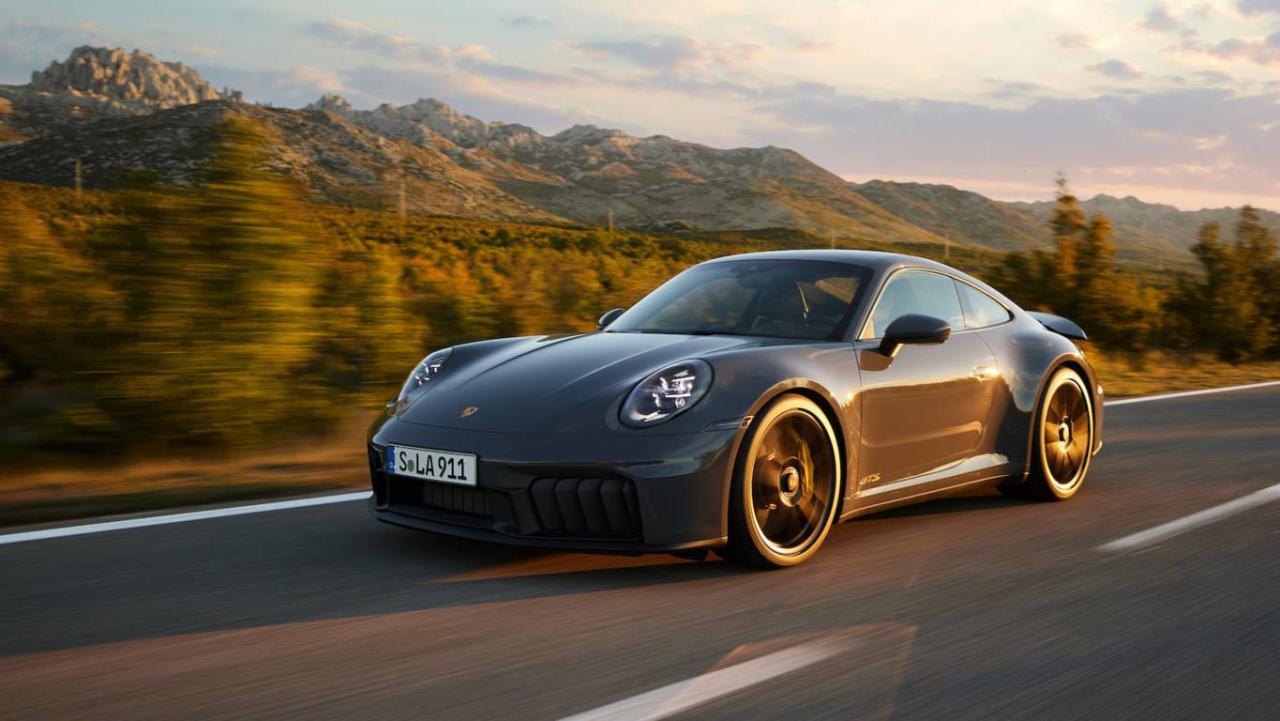











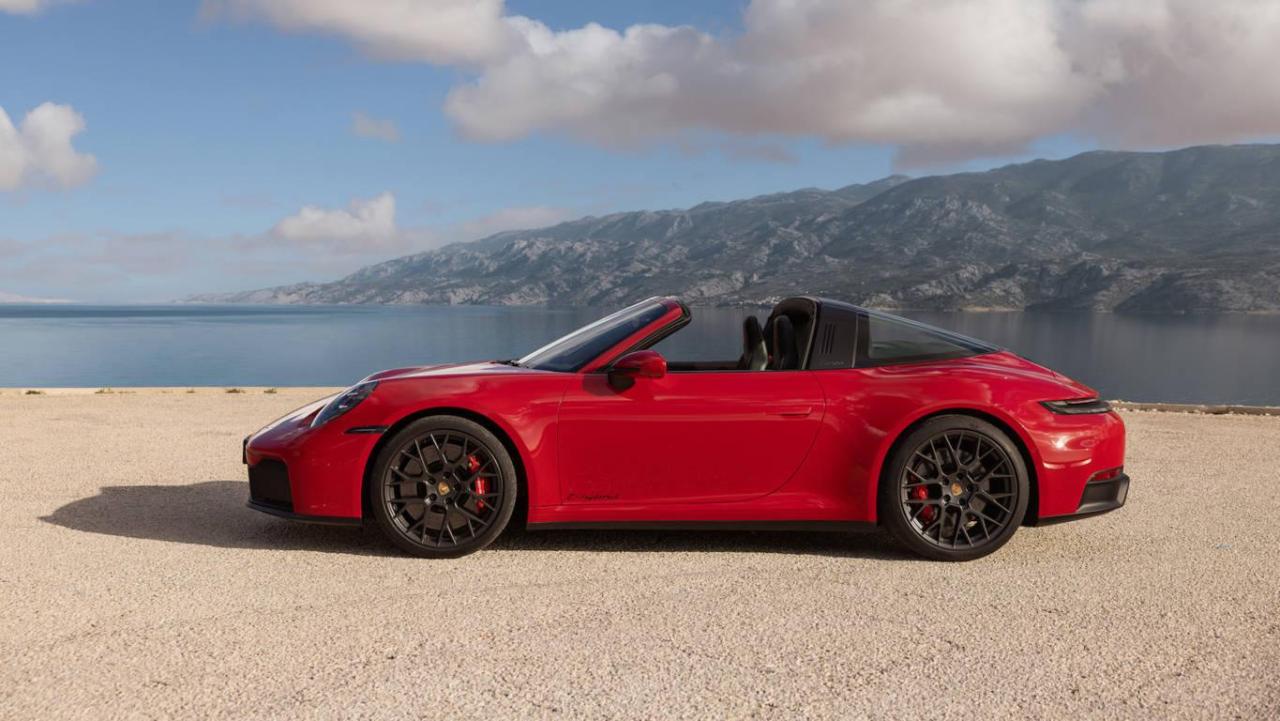

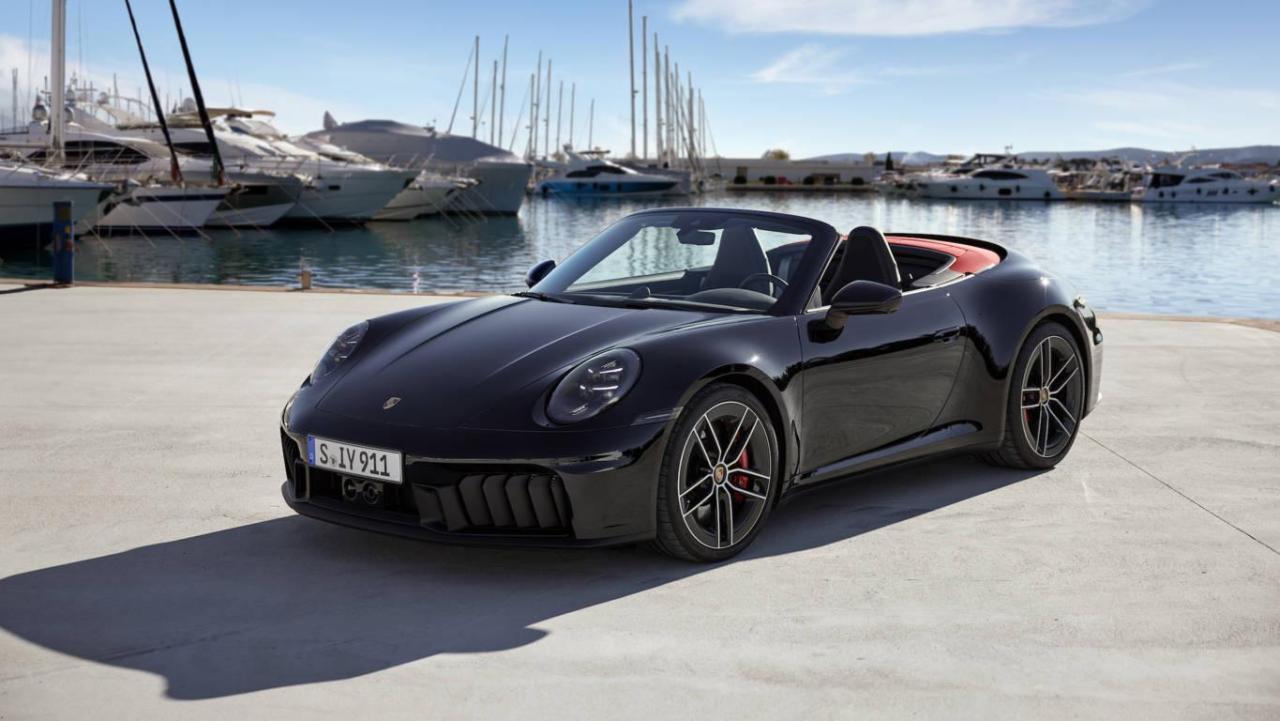
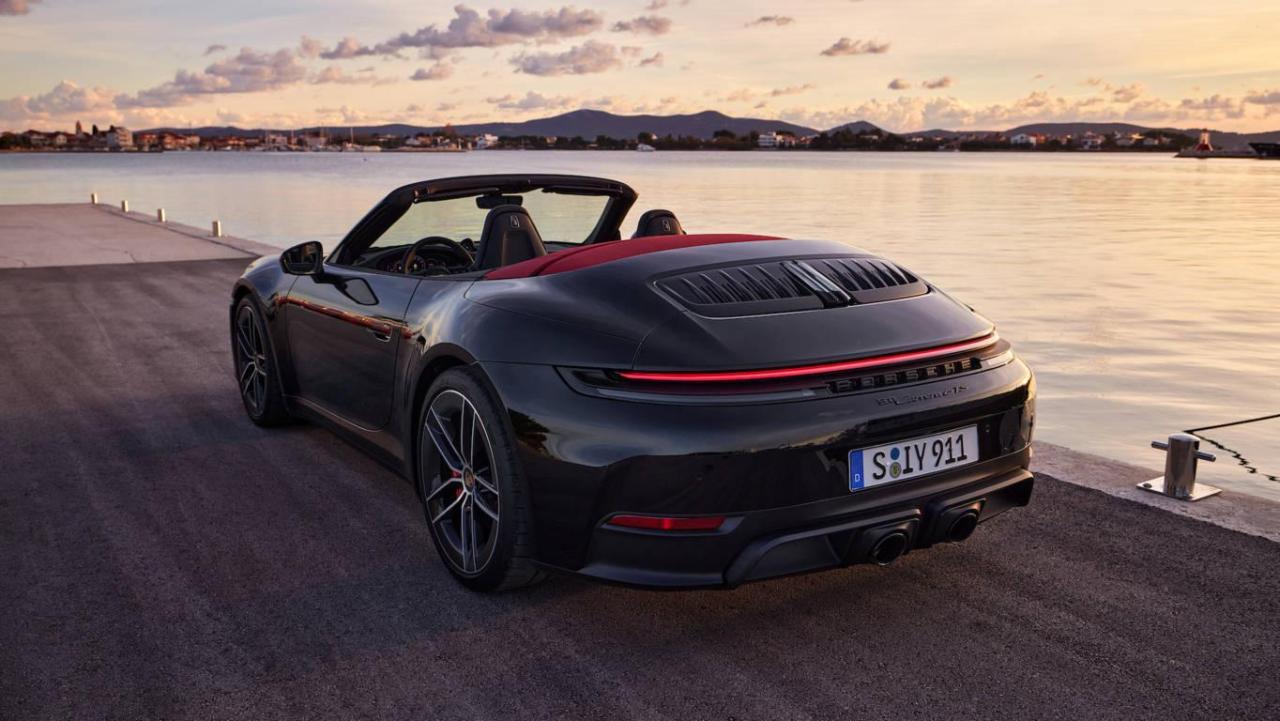












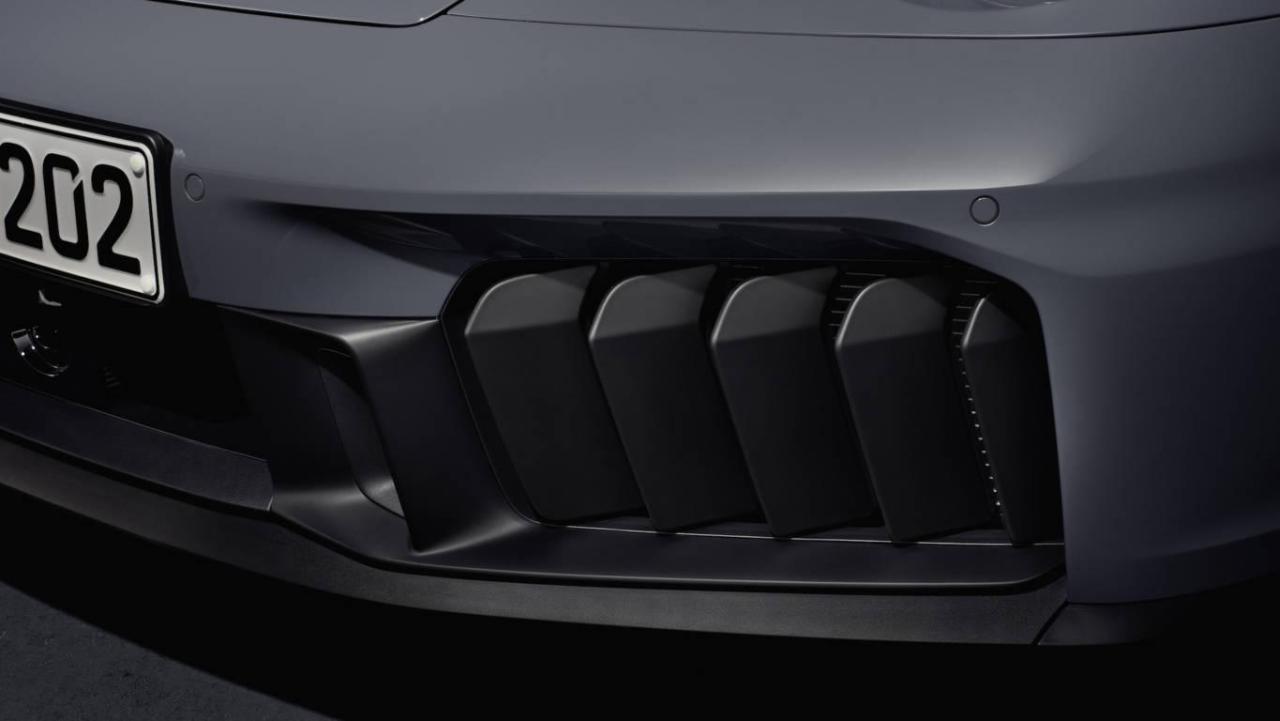











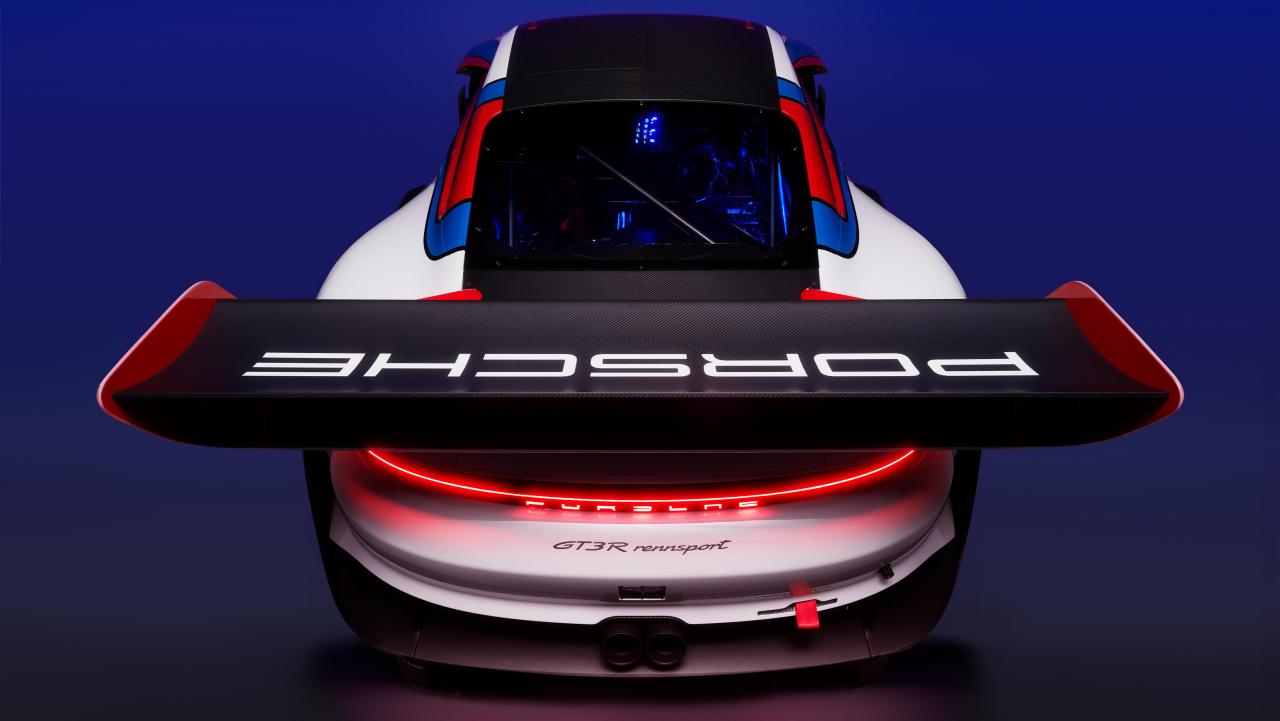





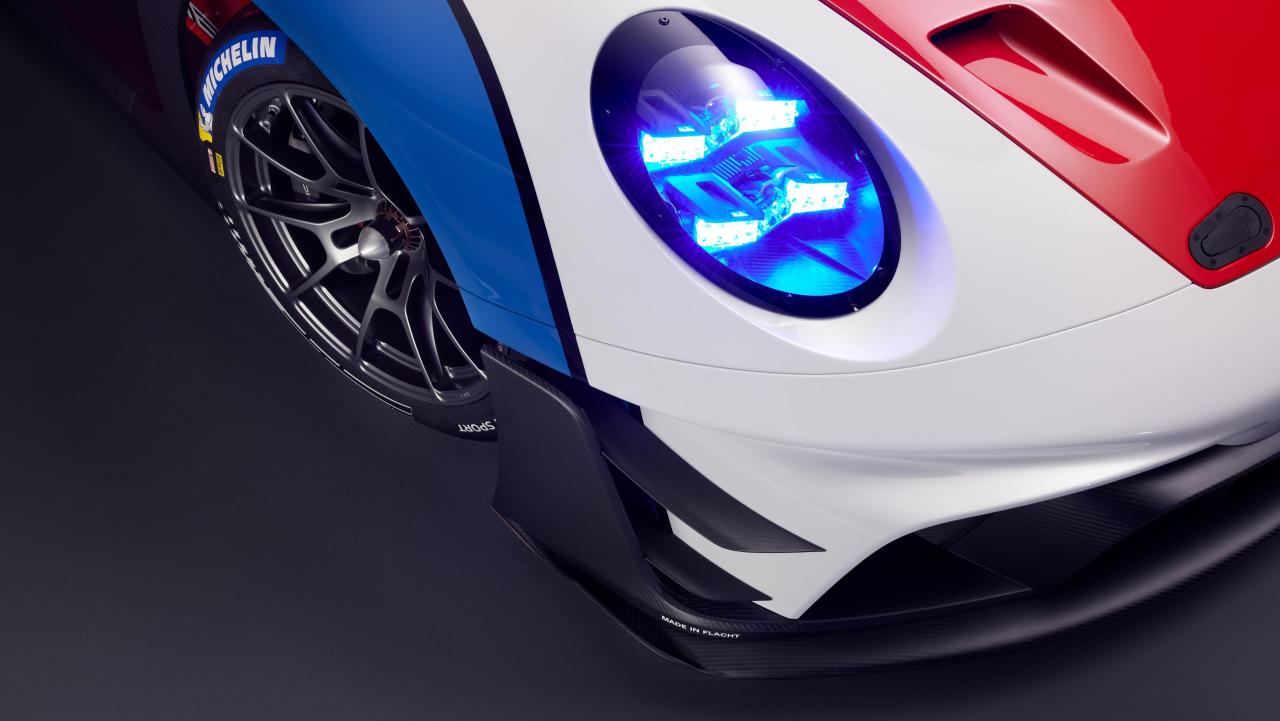
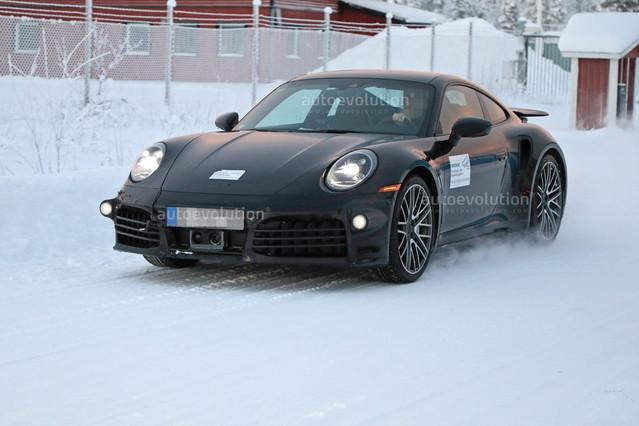
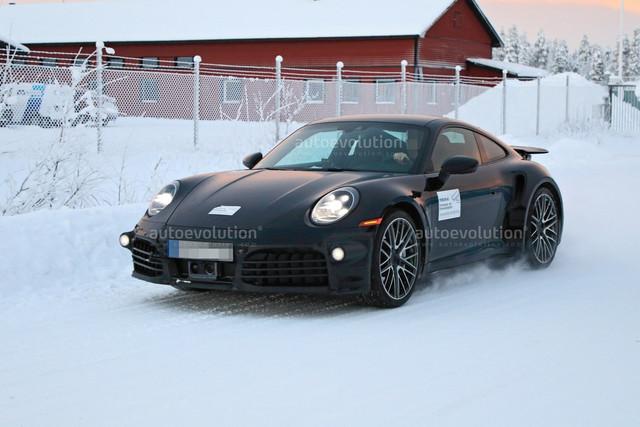






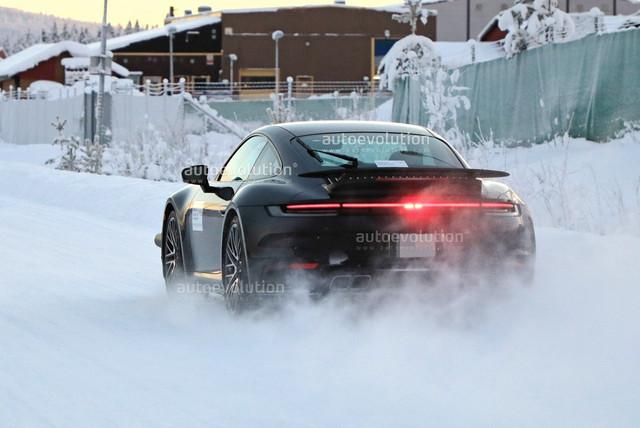

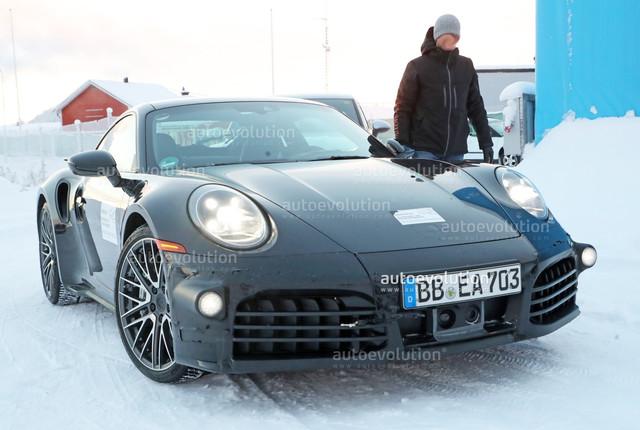




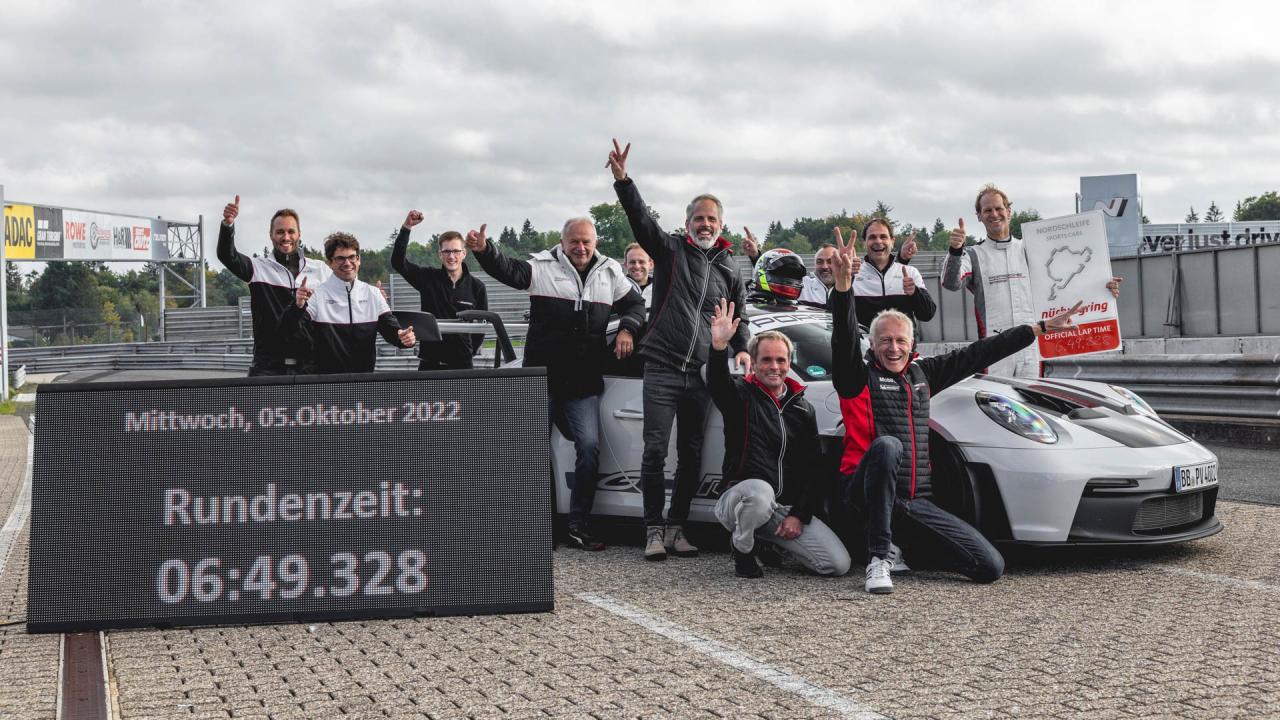




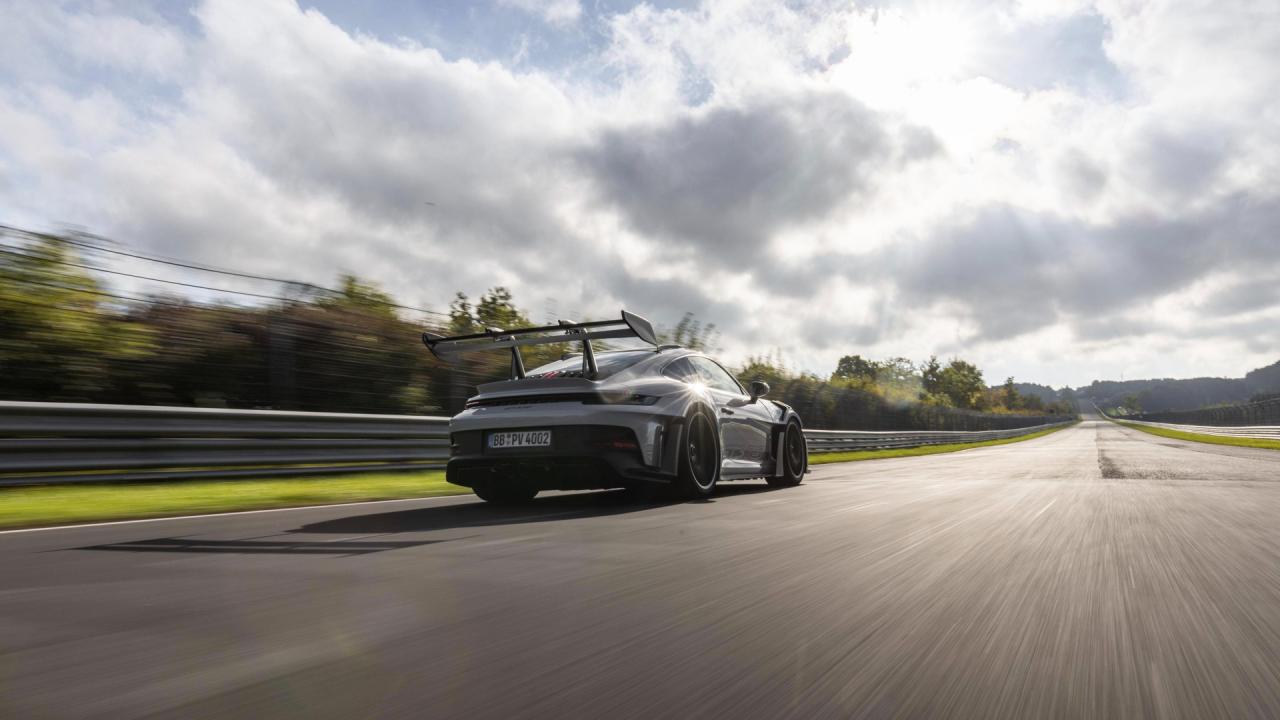
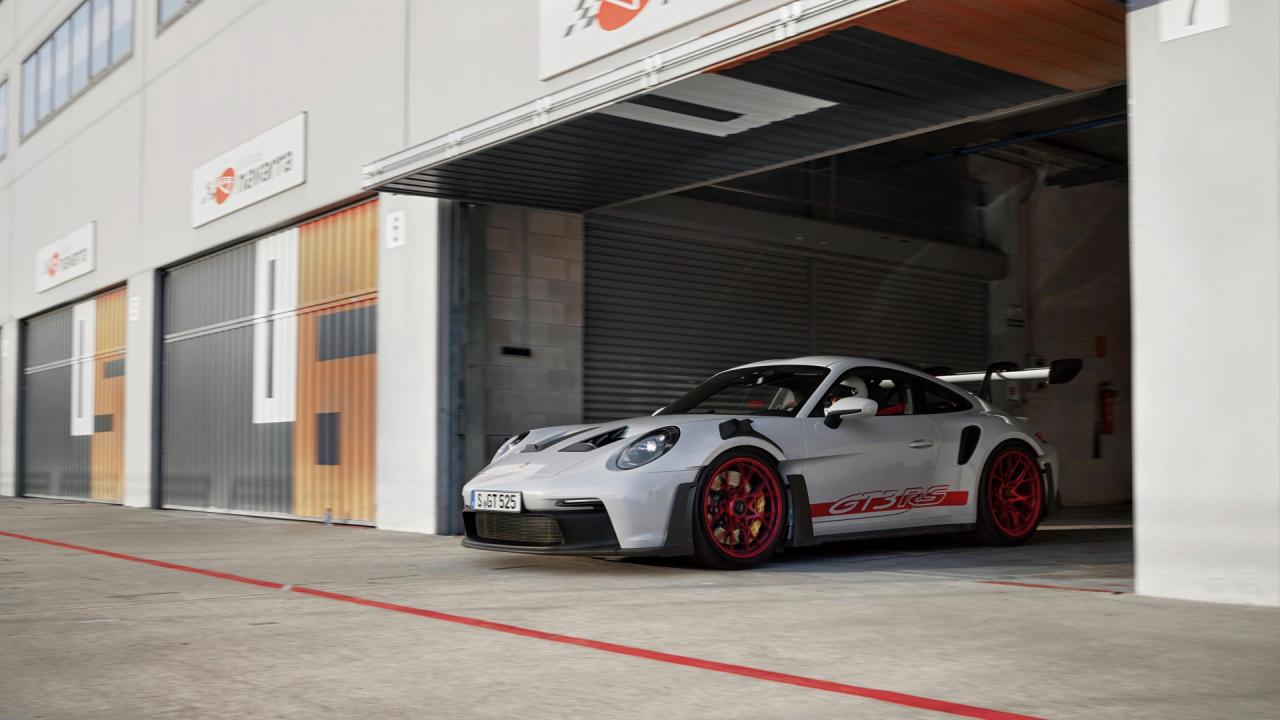

















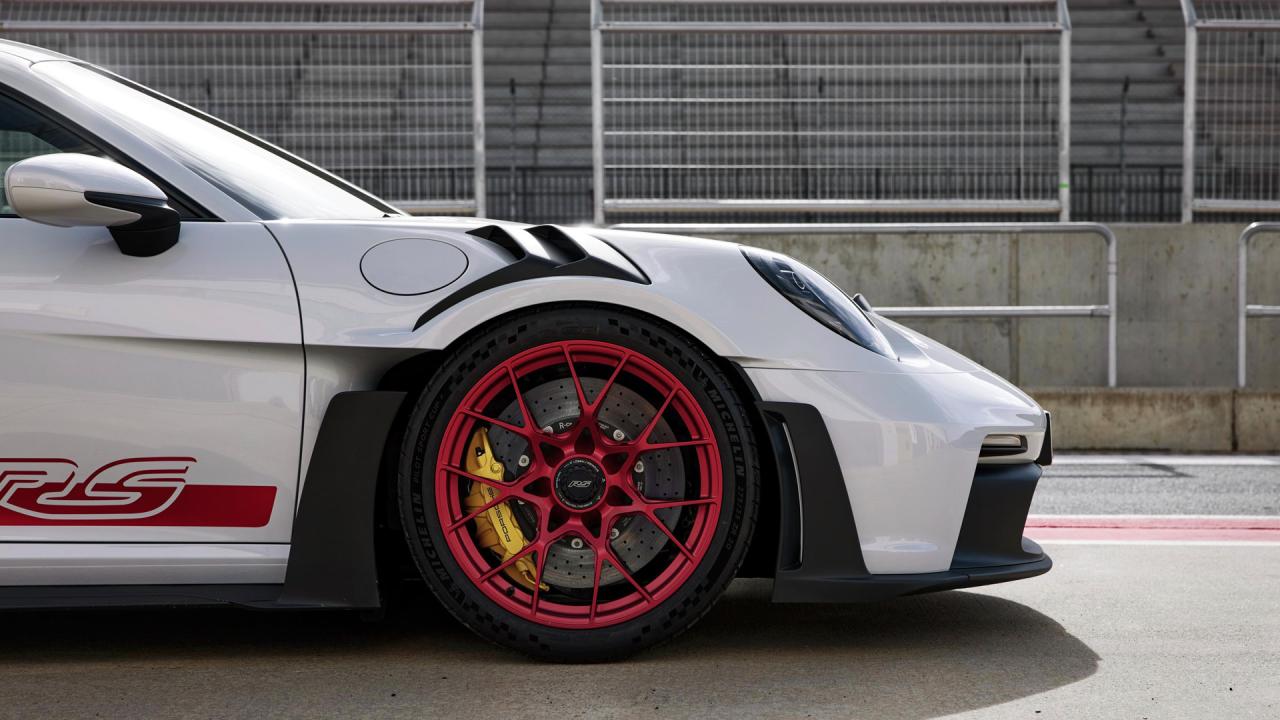







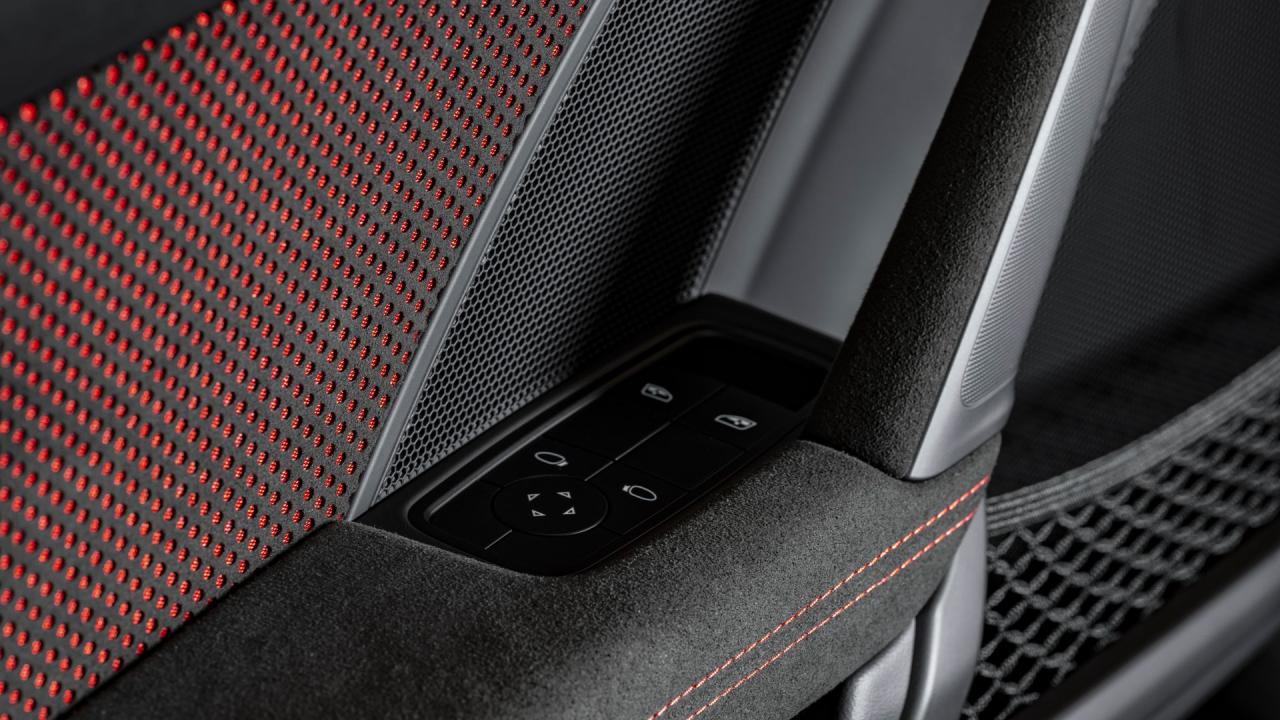





























.thumb.jpg.6eeecf22204bf704ad415b364d0a7e40.jpg)



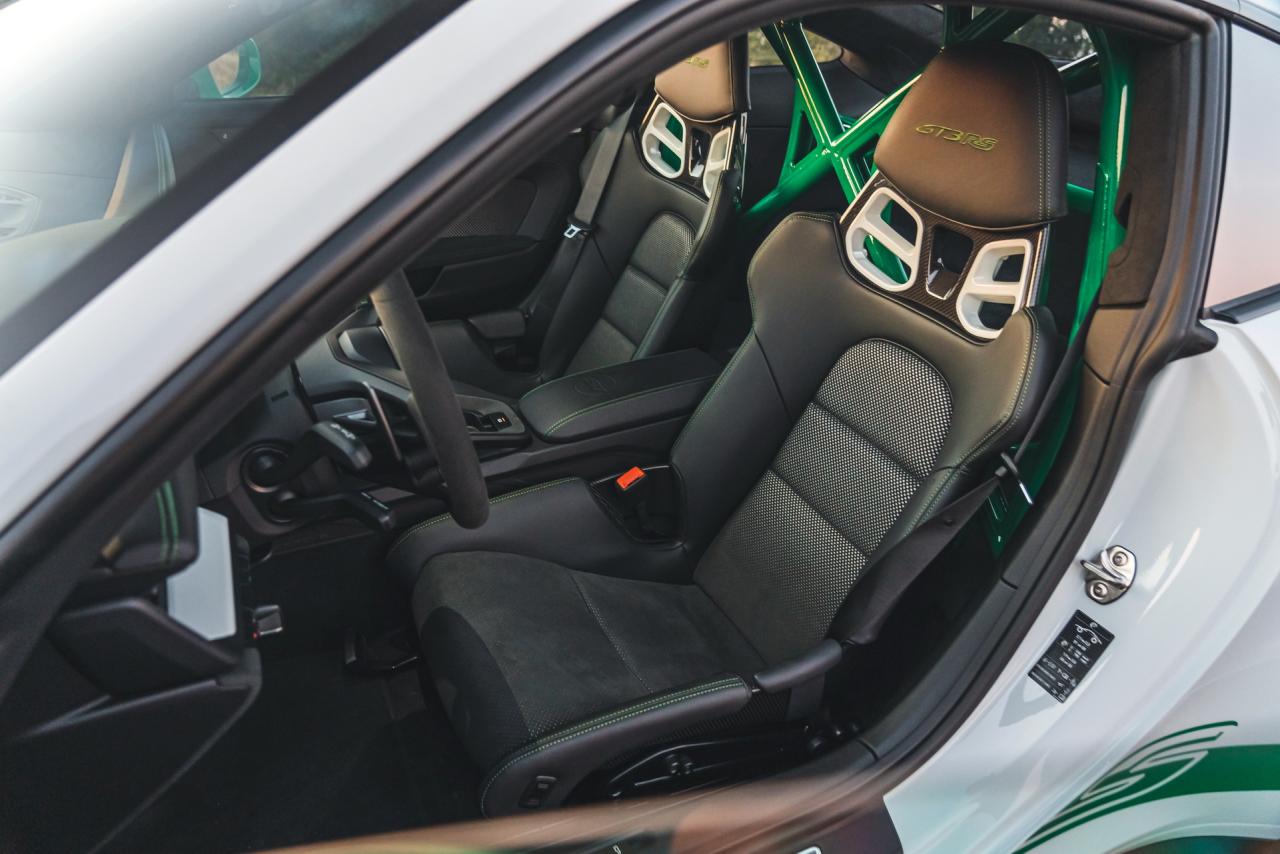
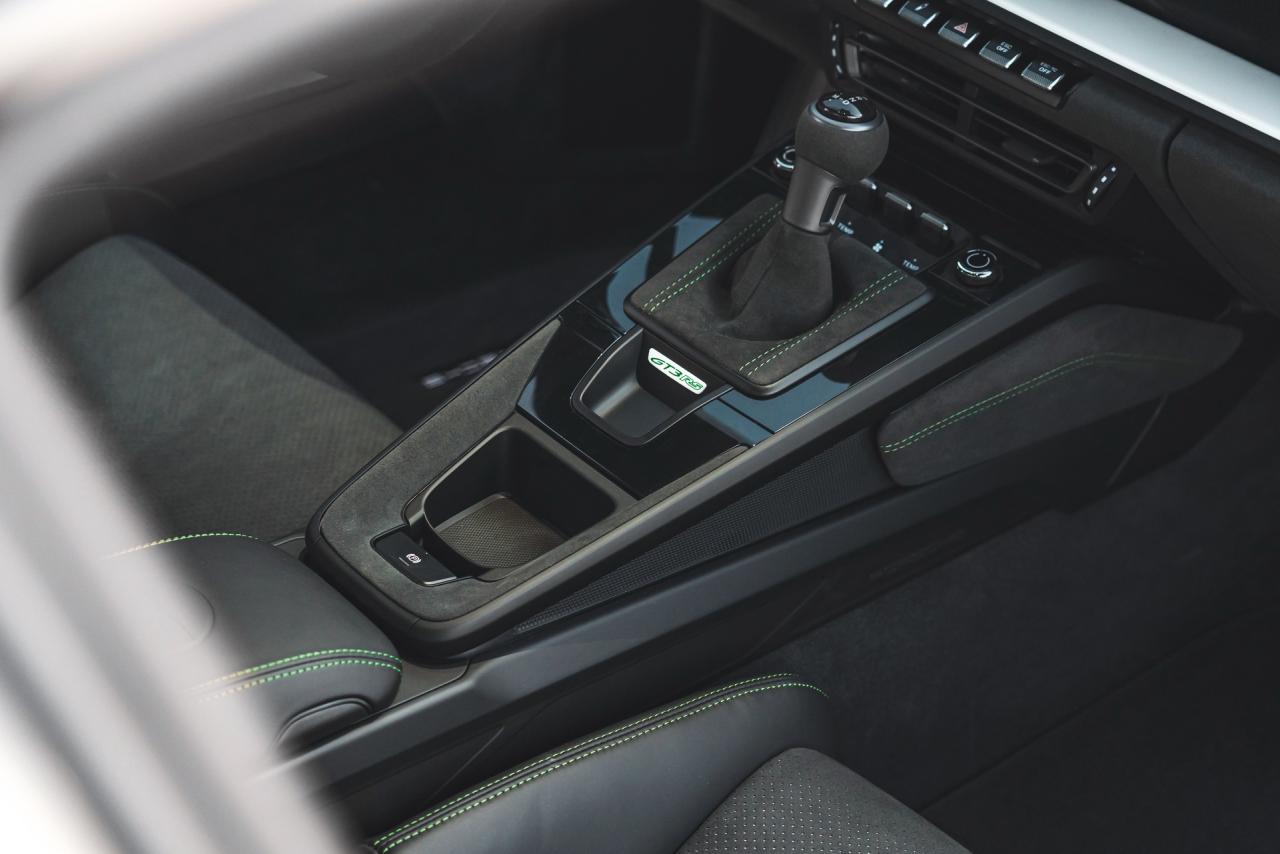


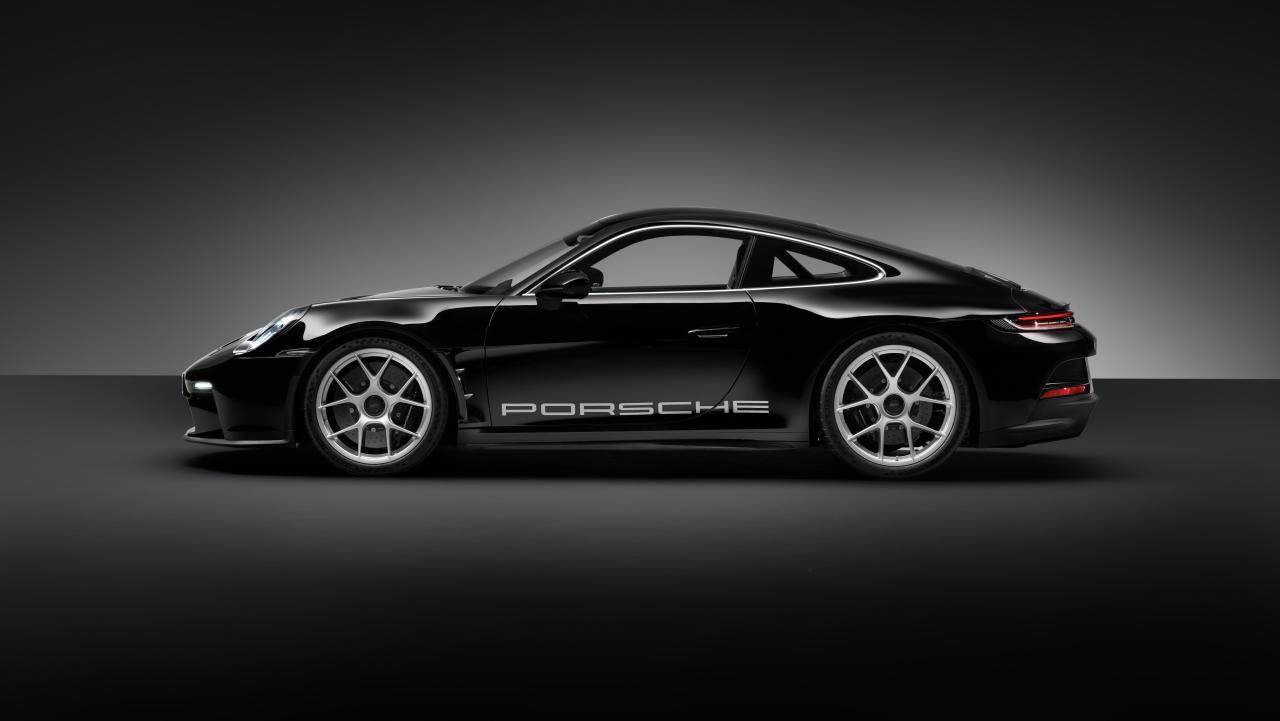




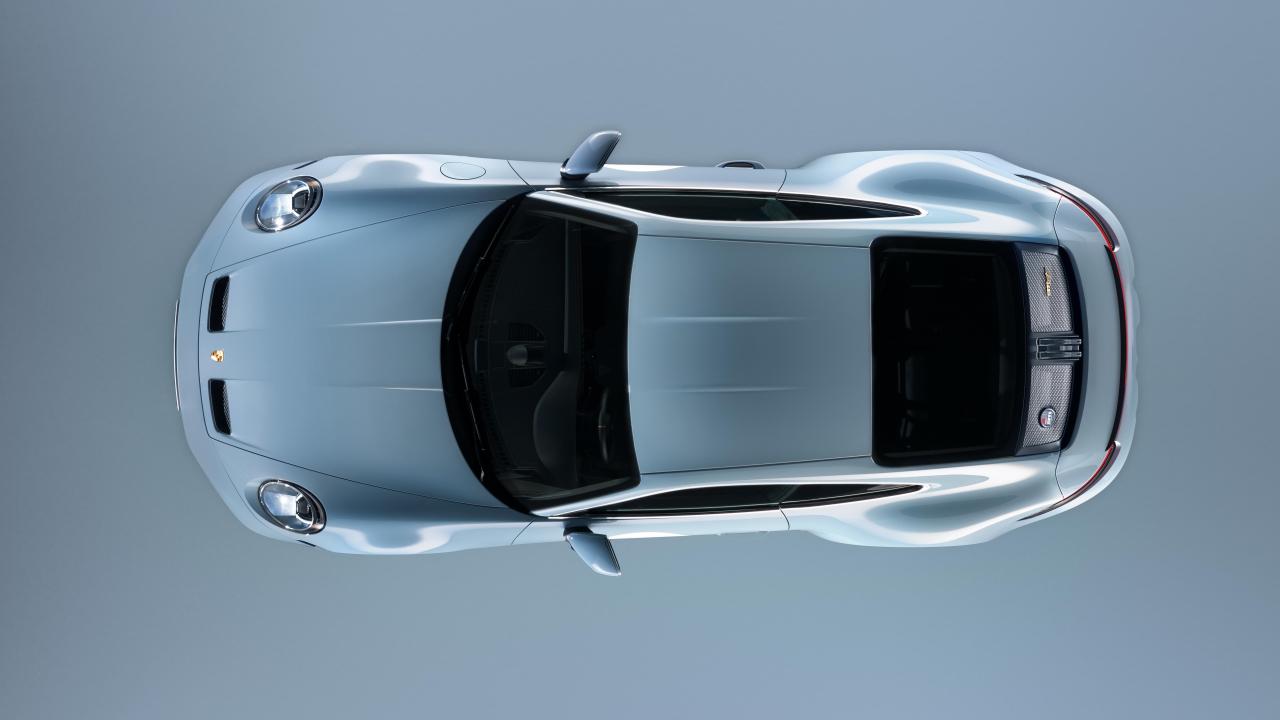





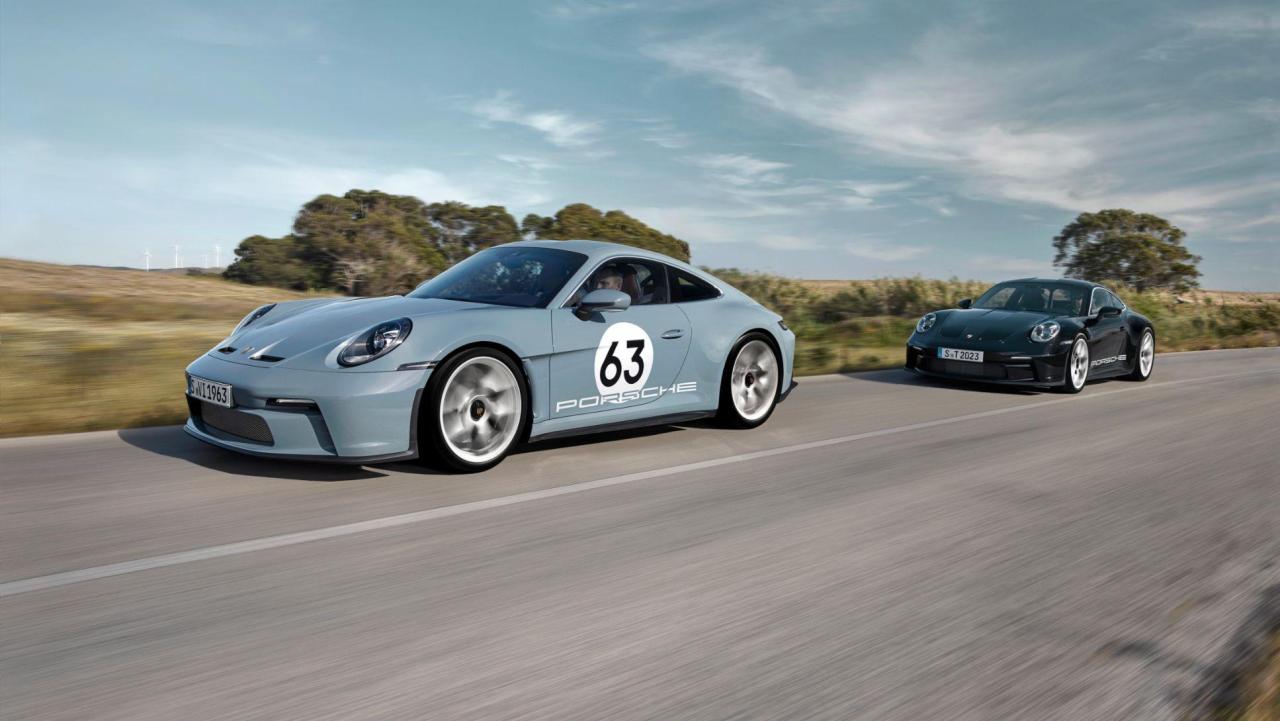


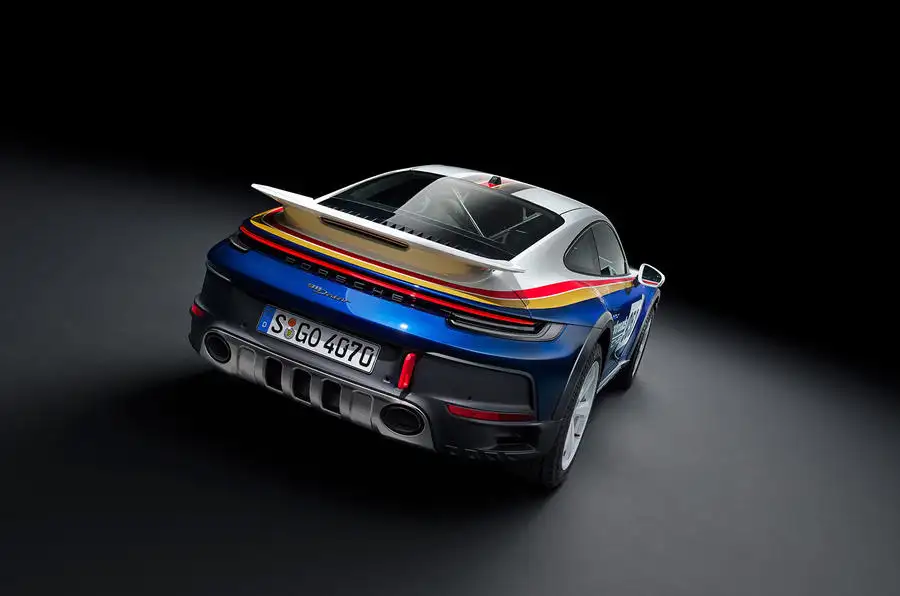









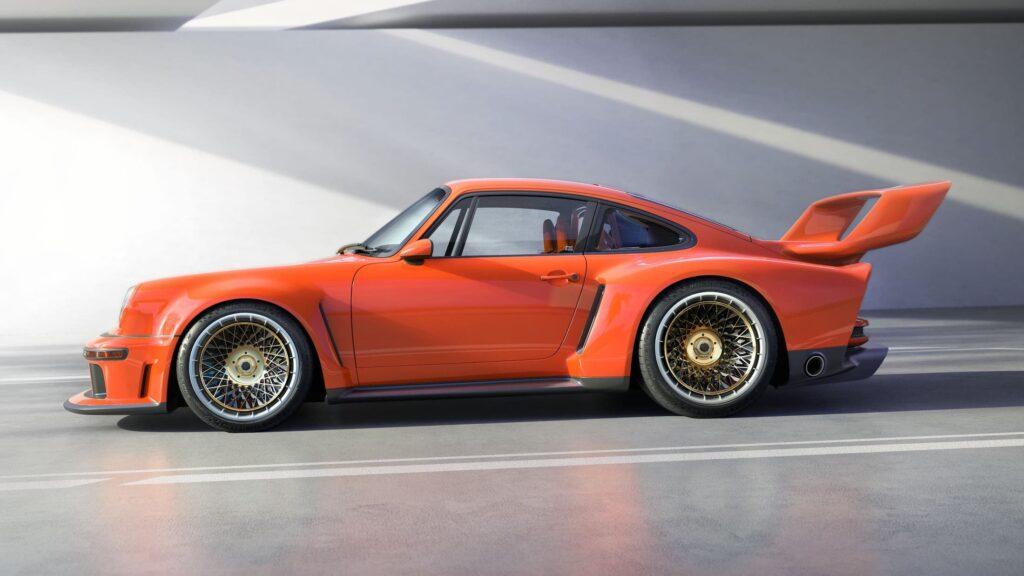

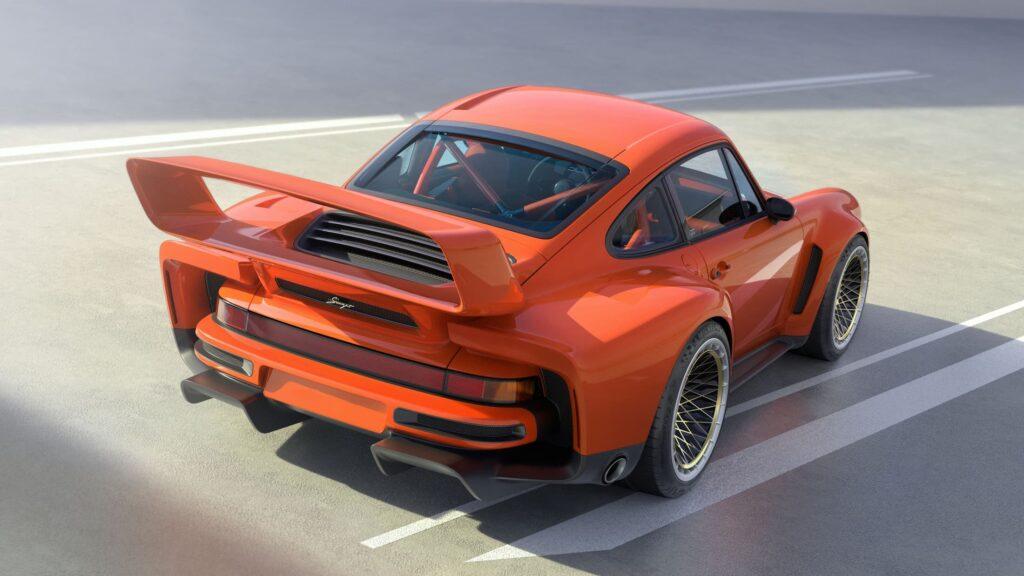


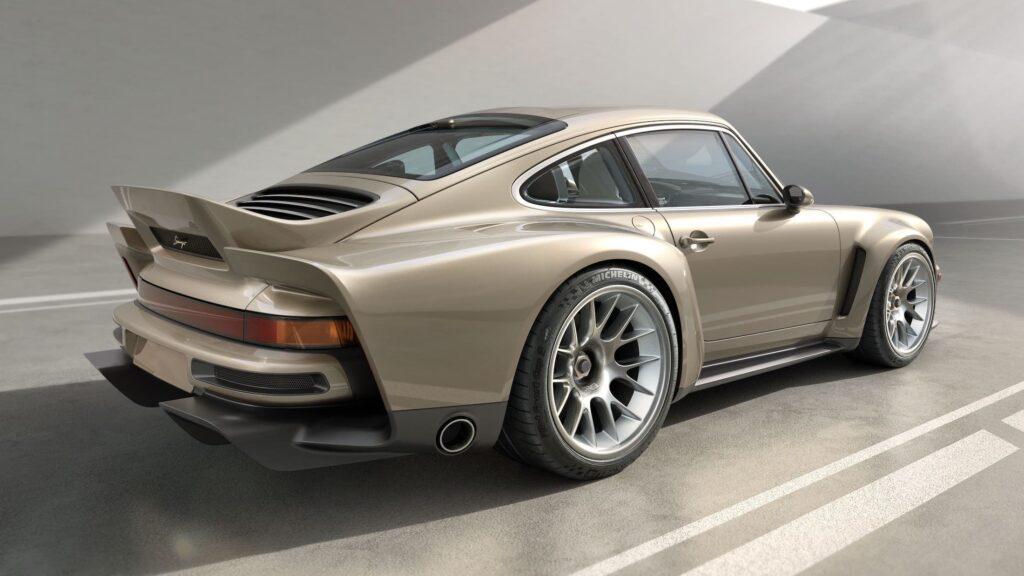





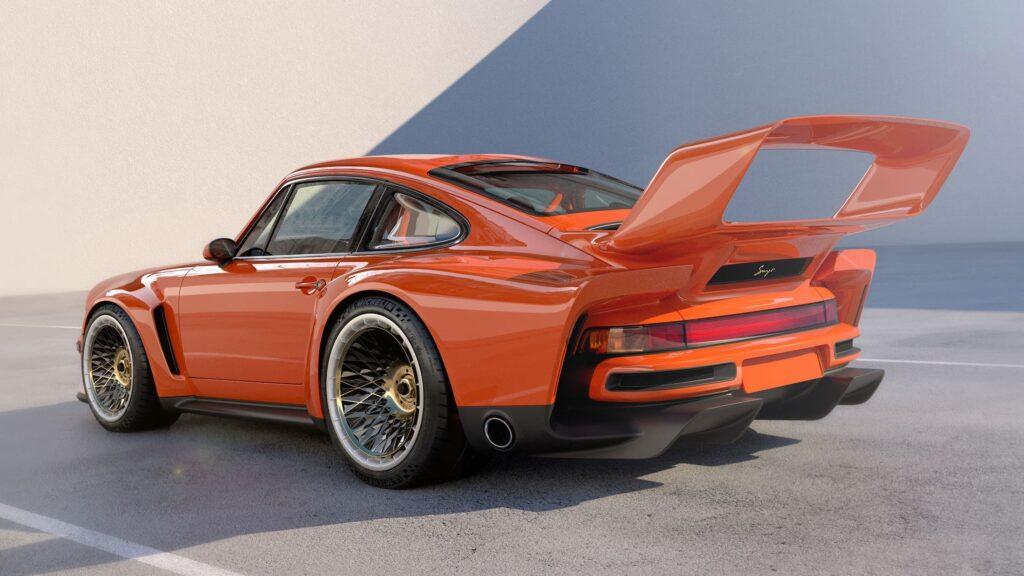





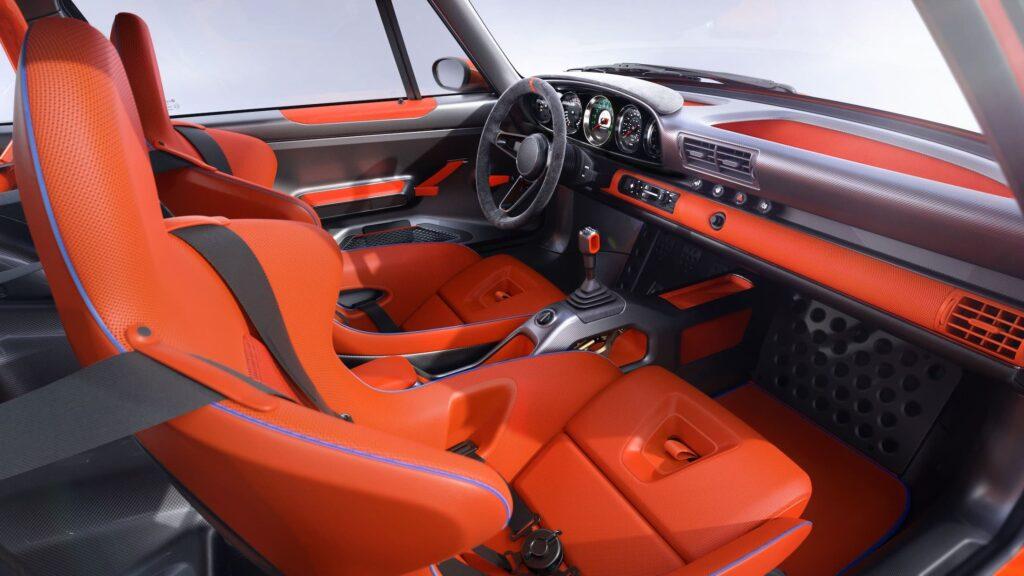

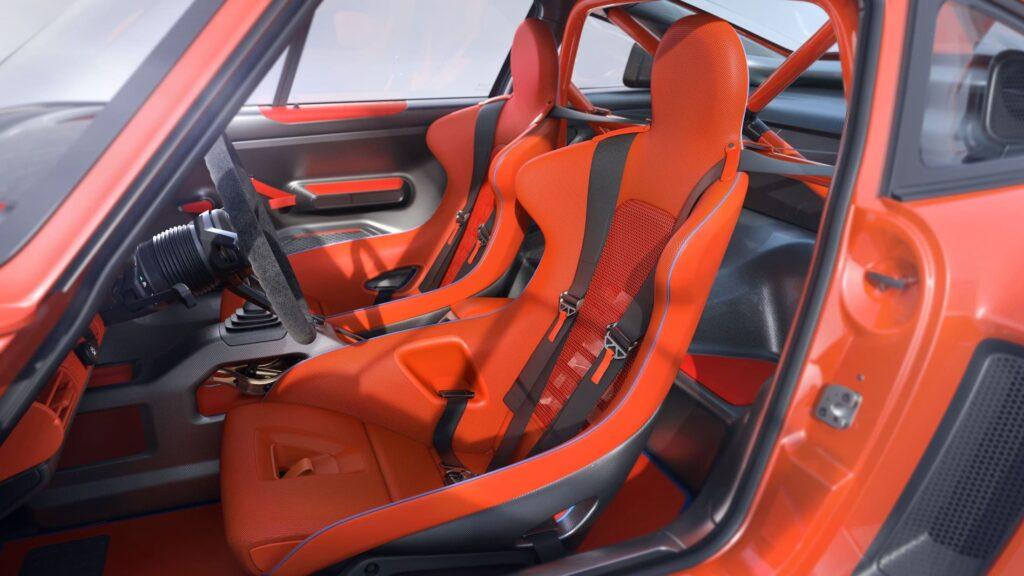







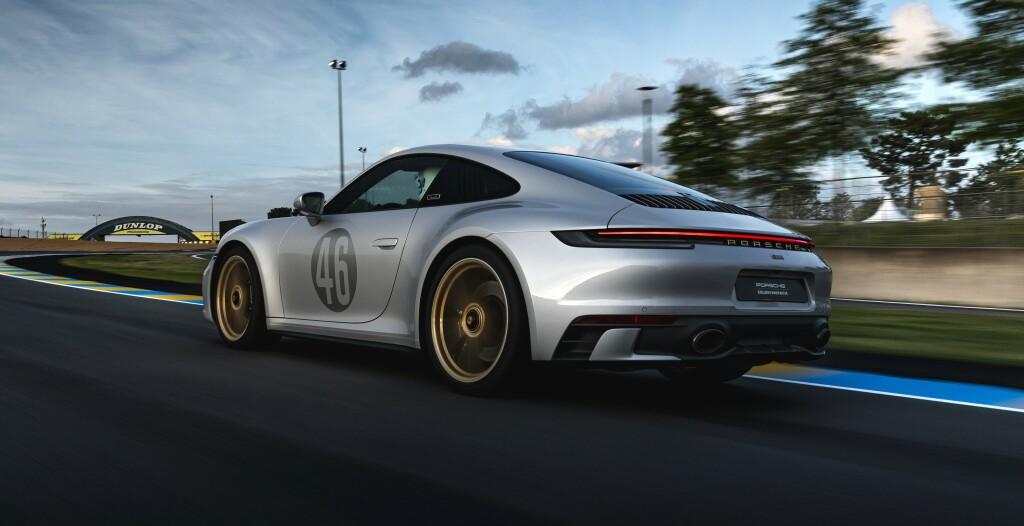


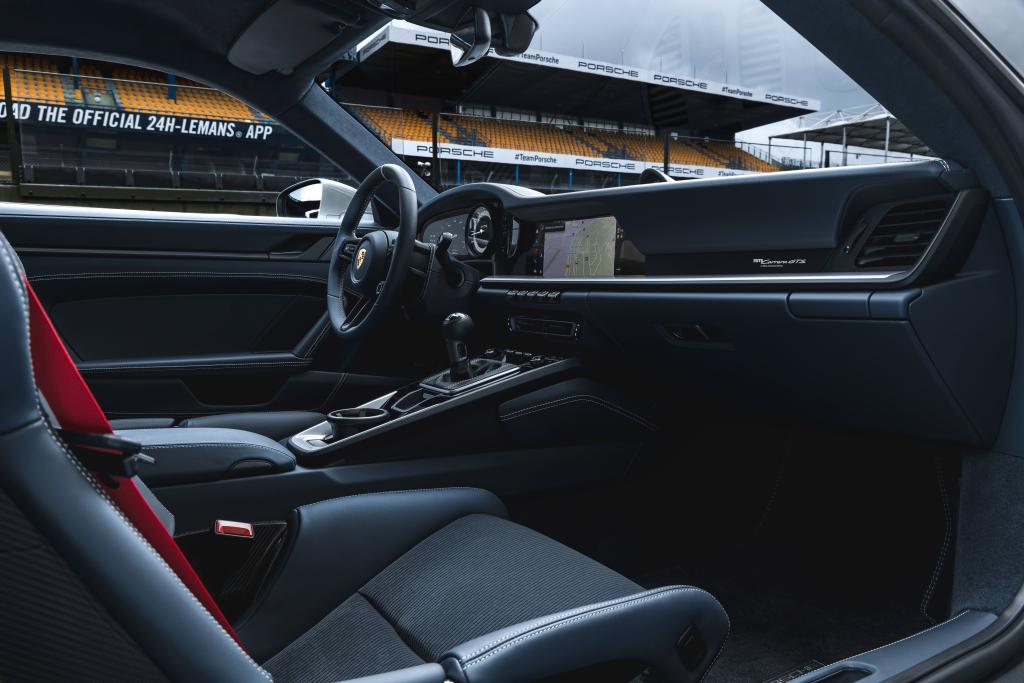



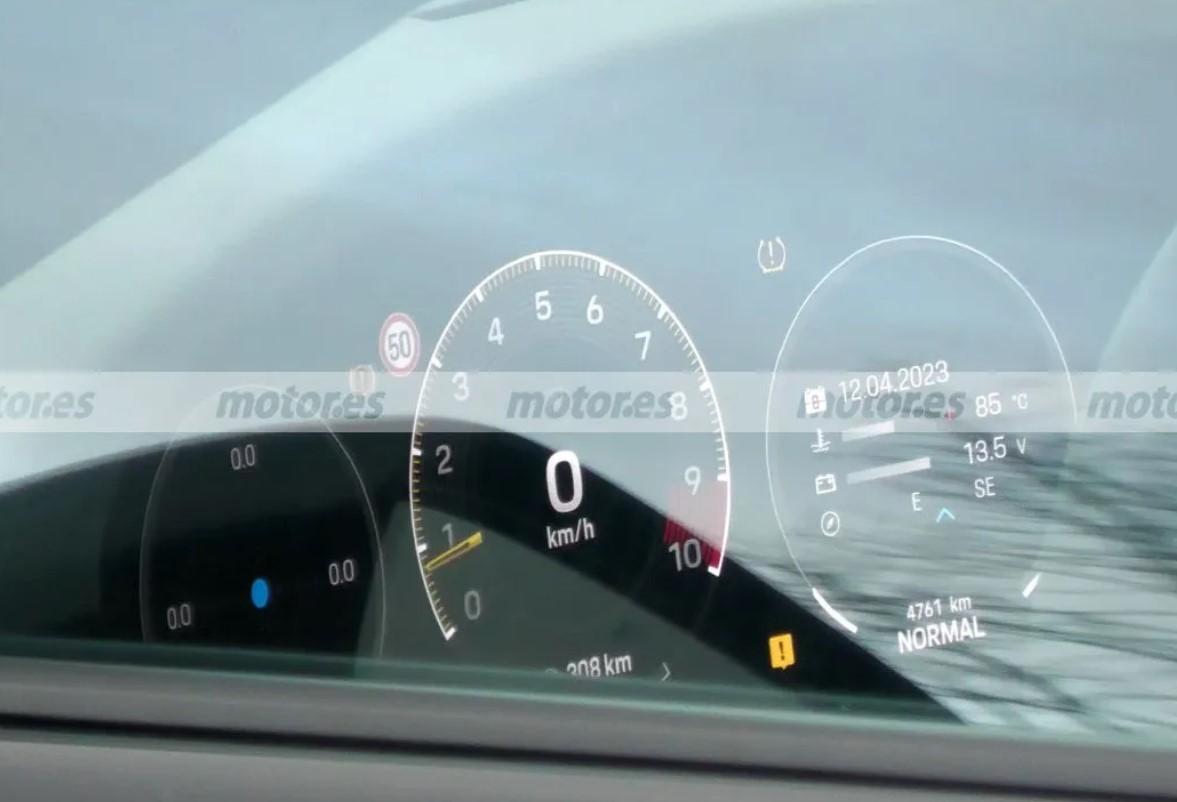

































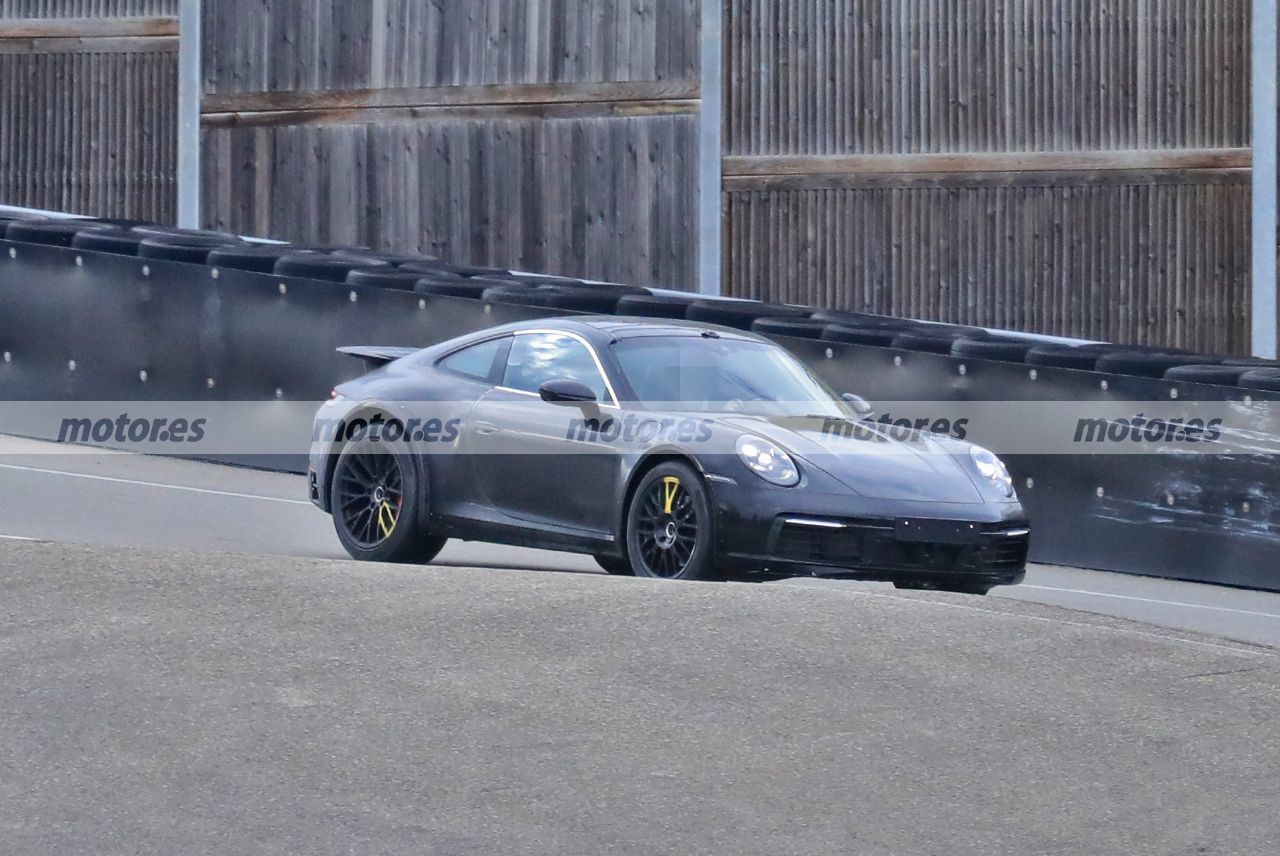





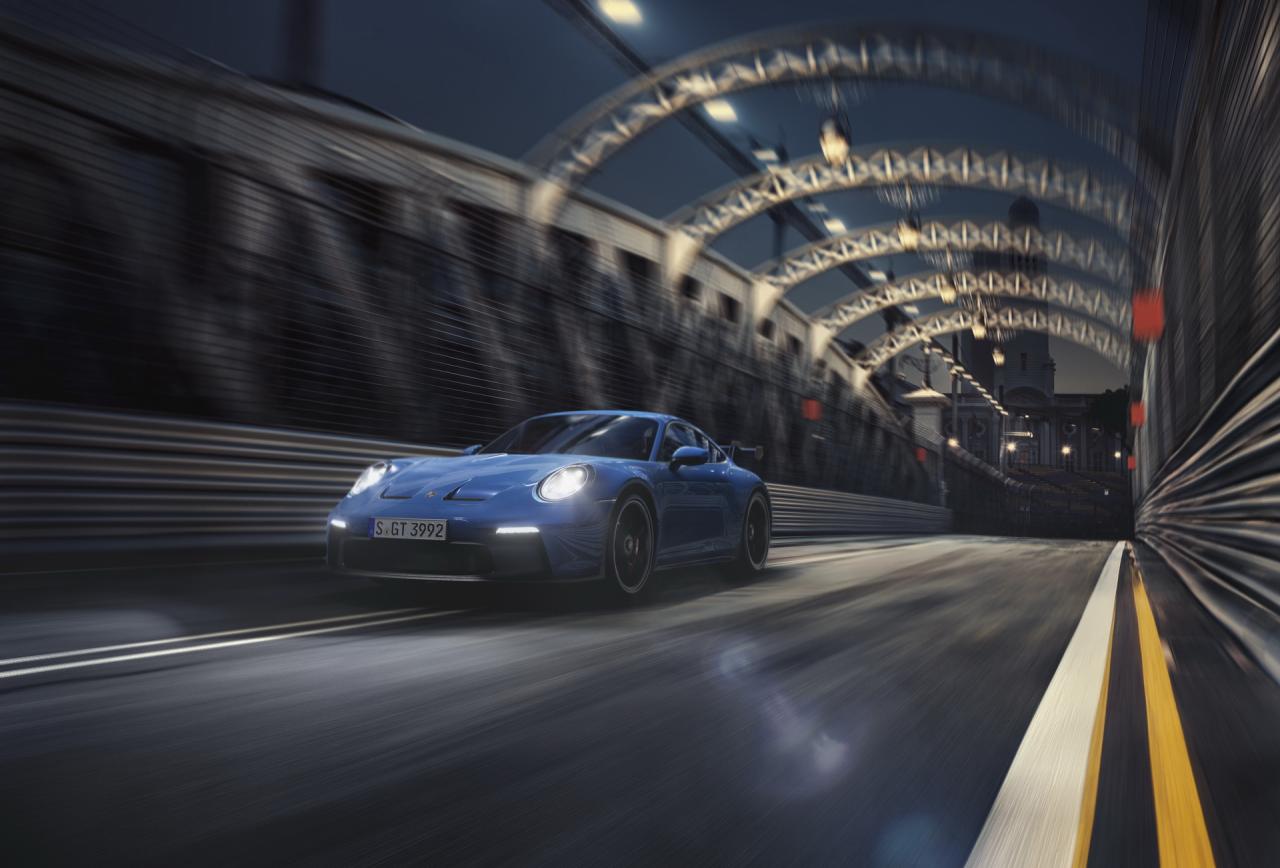

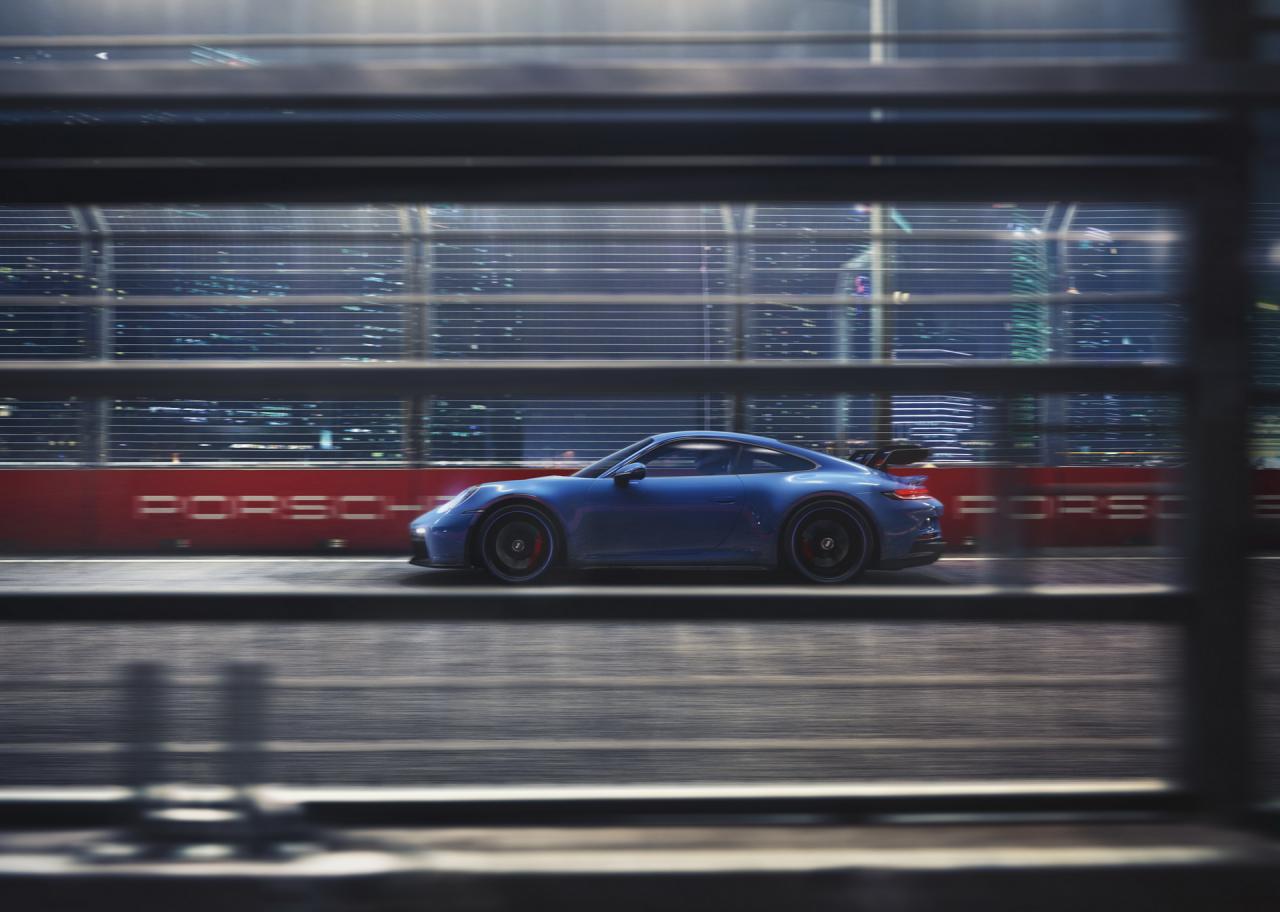

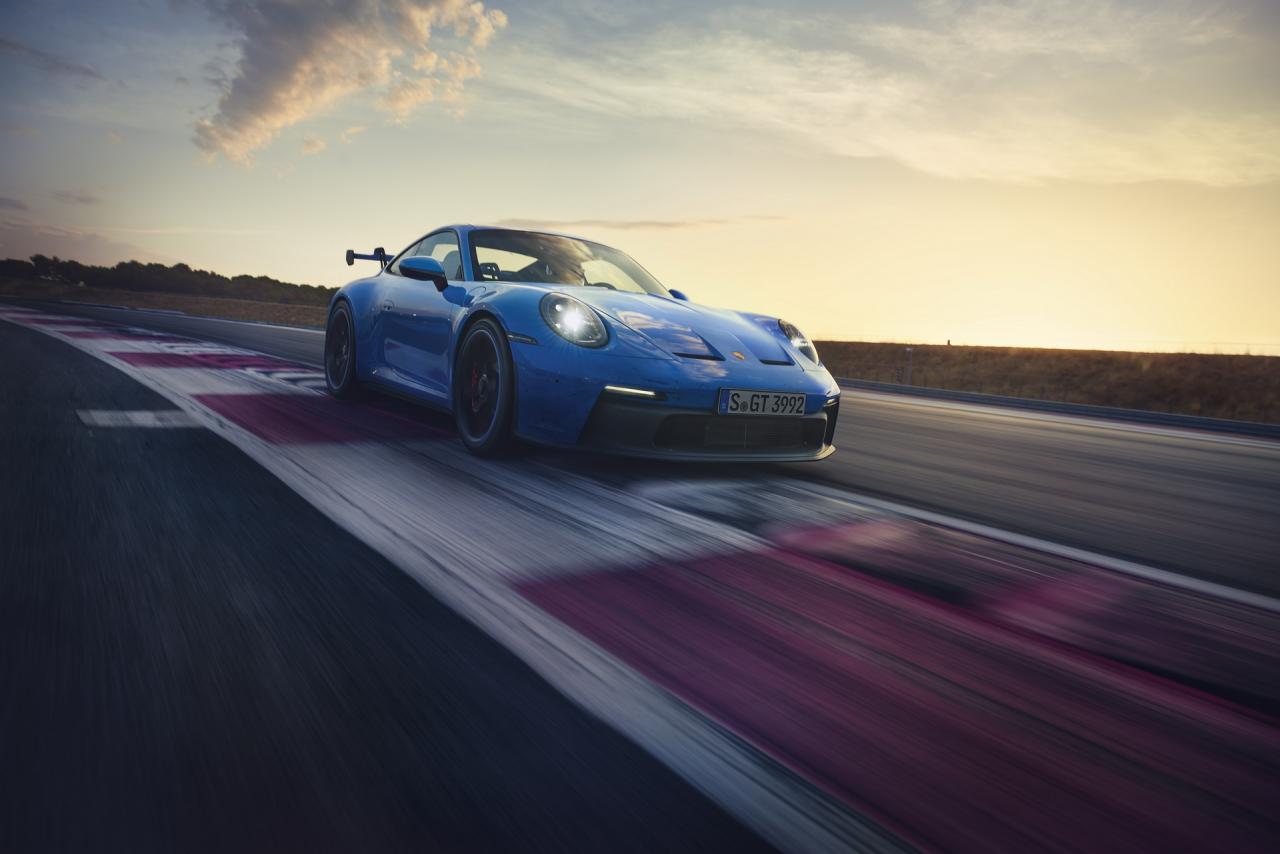



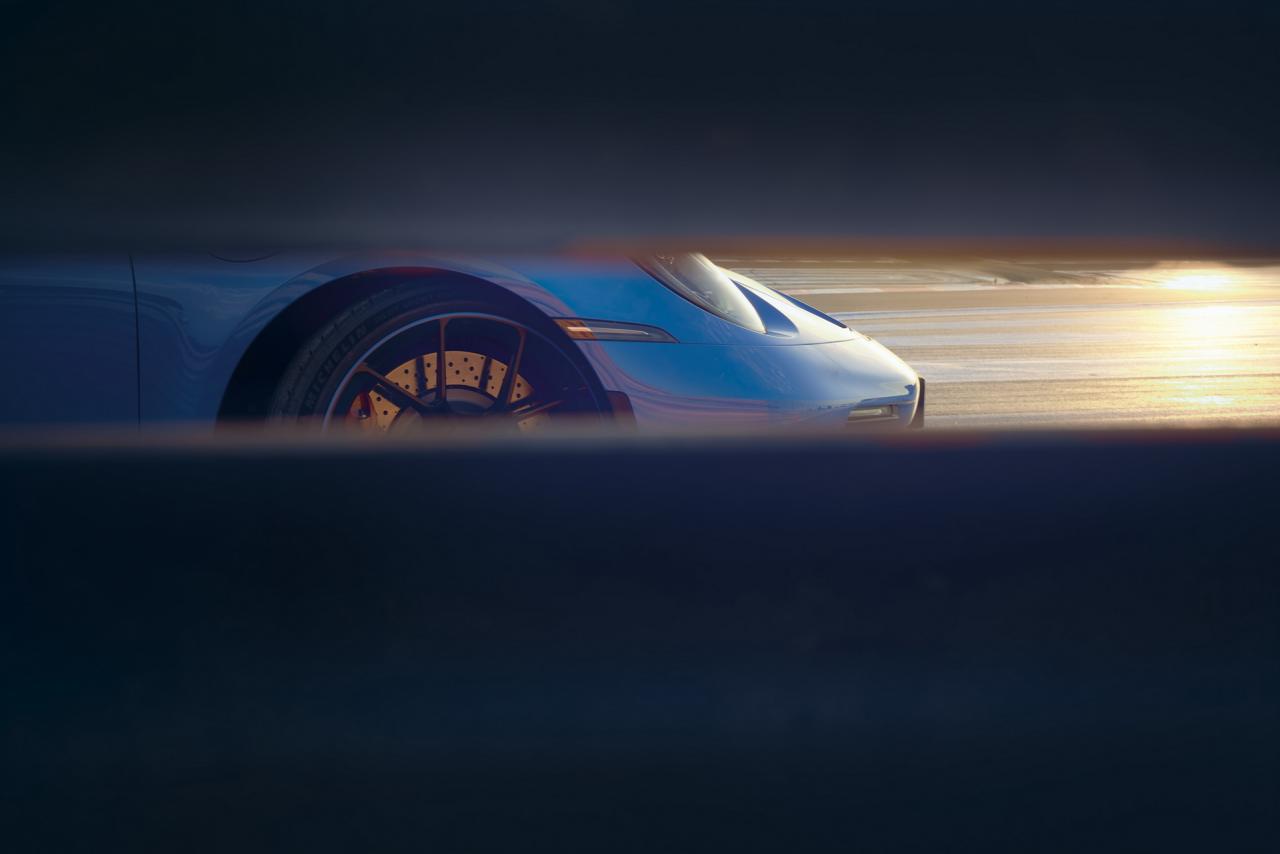
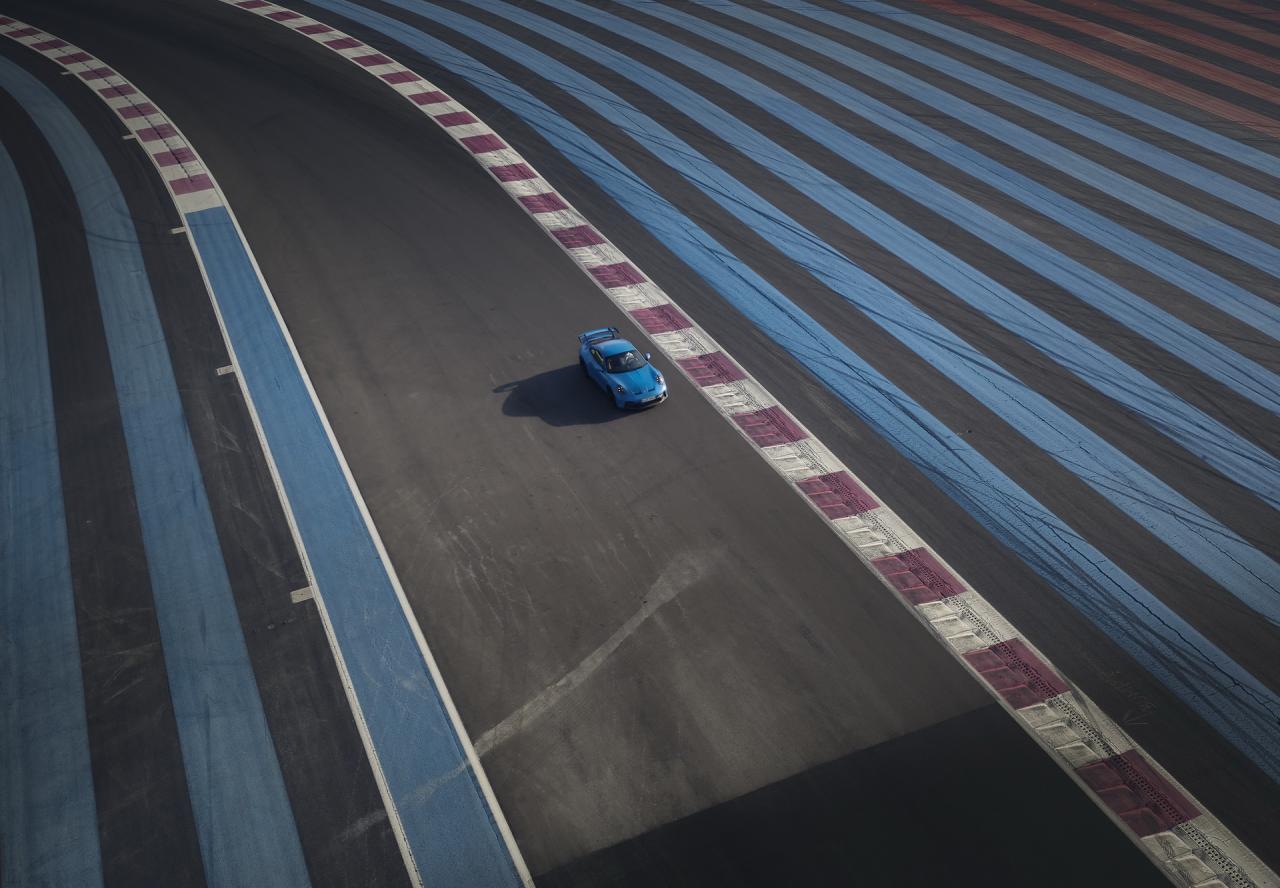

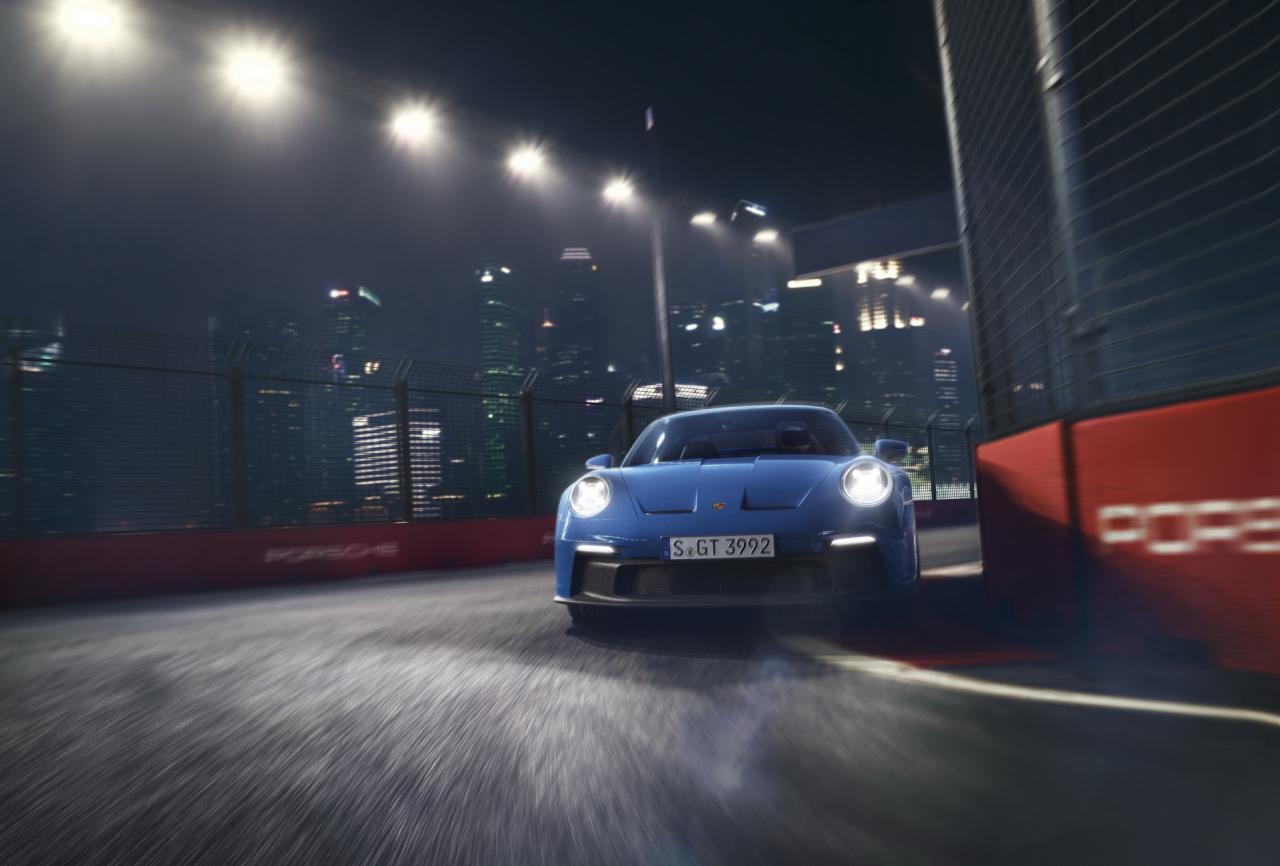












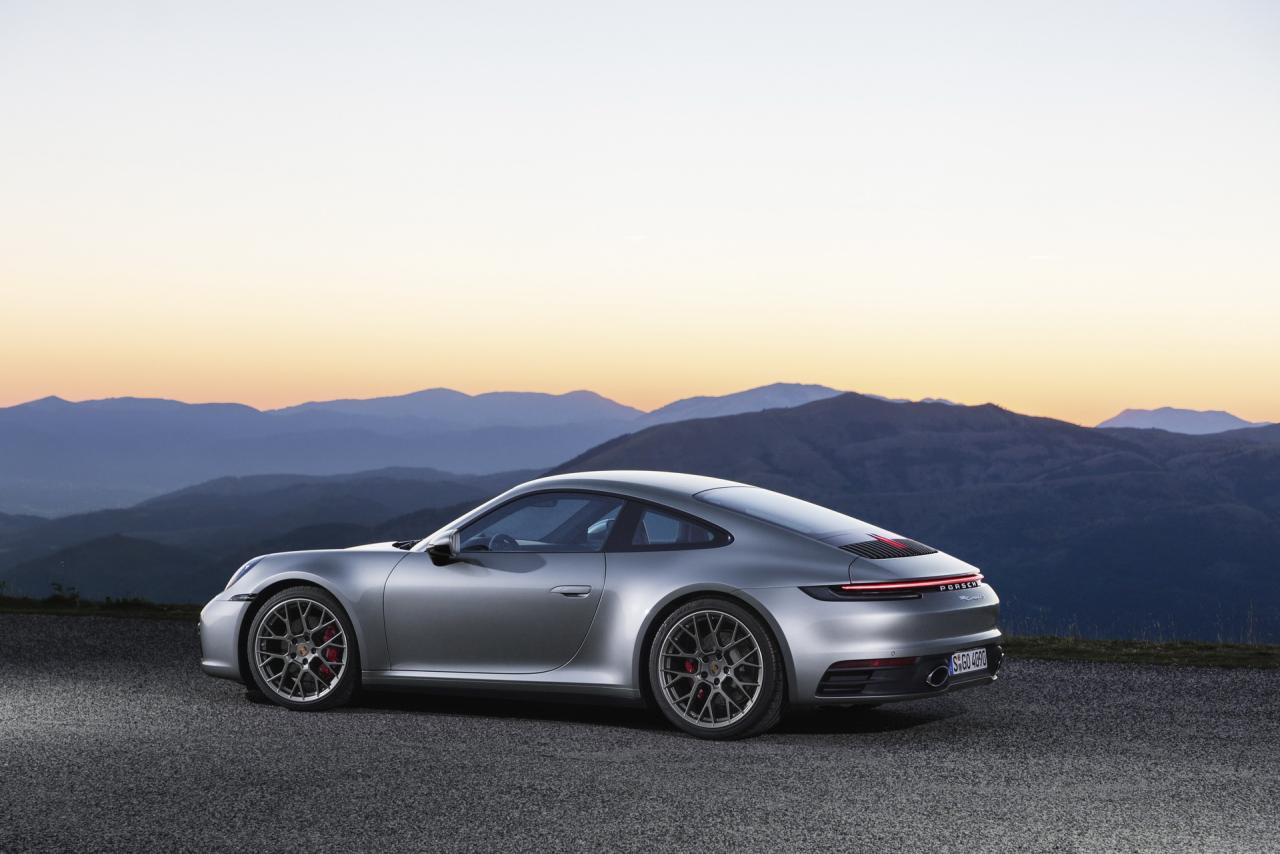











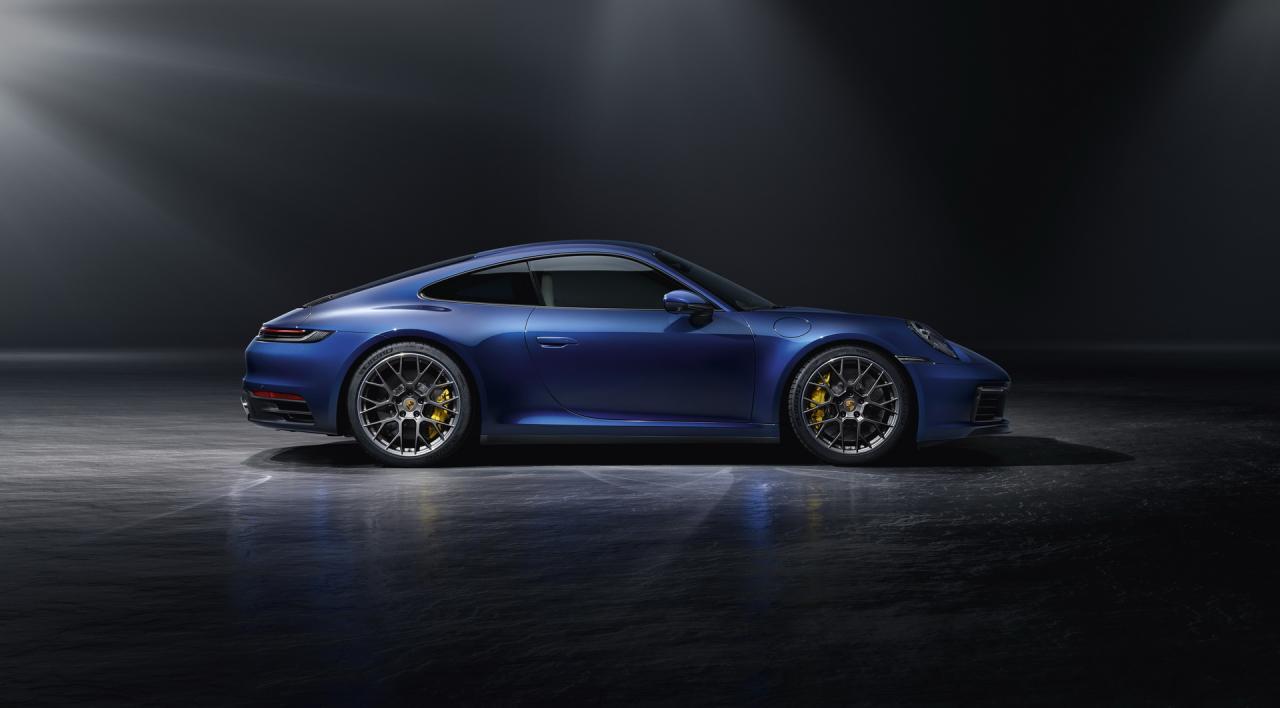








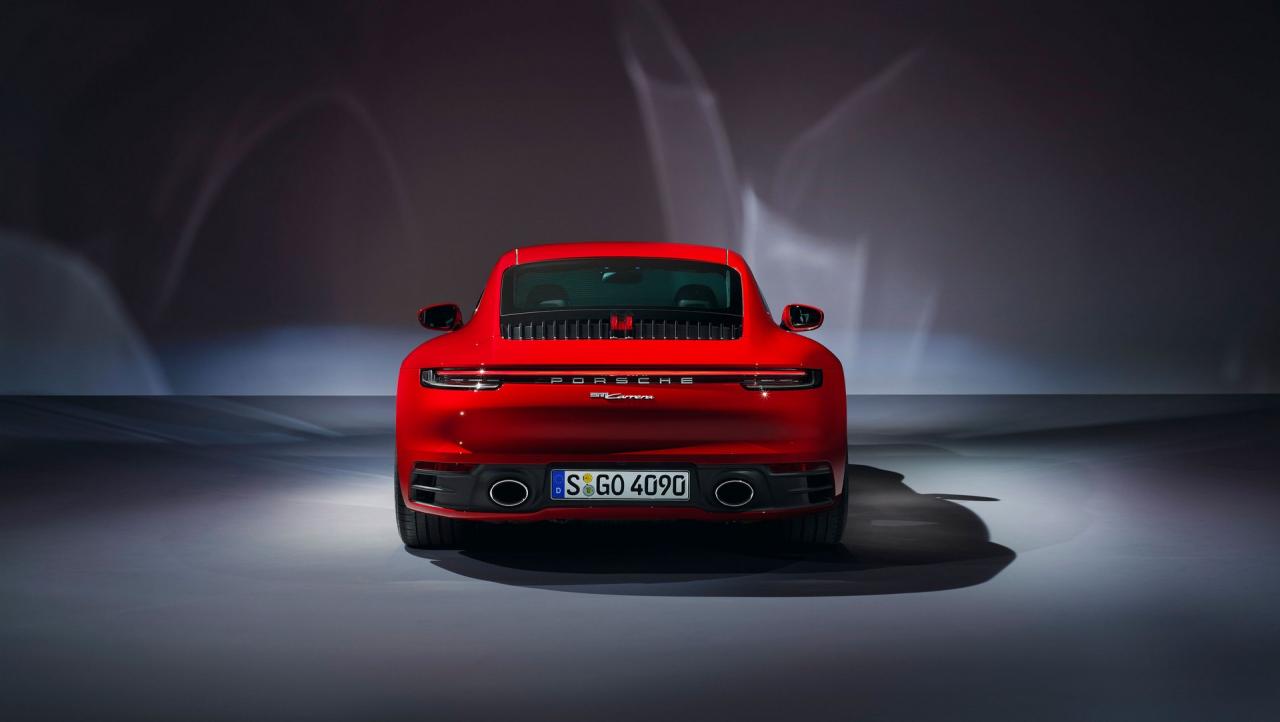











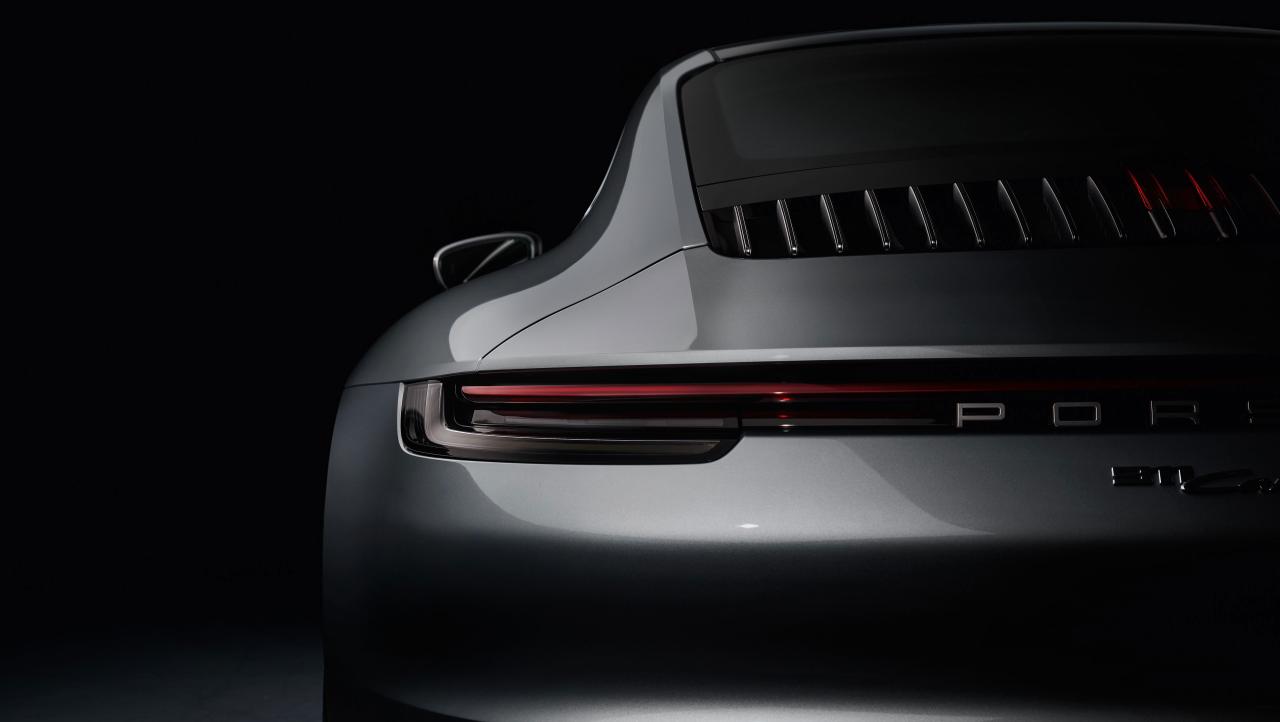

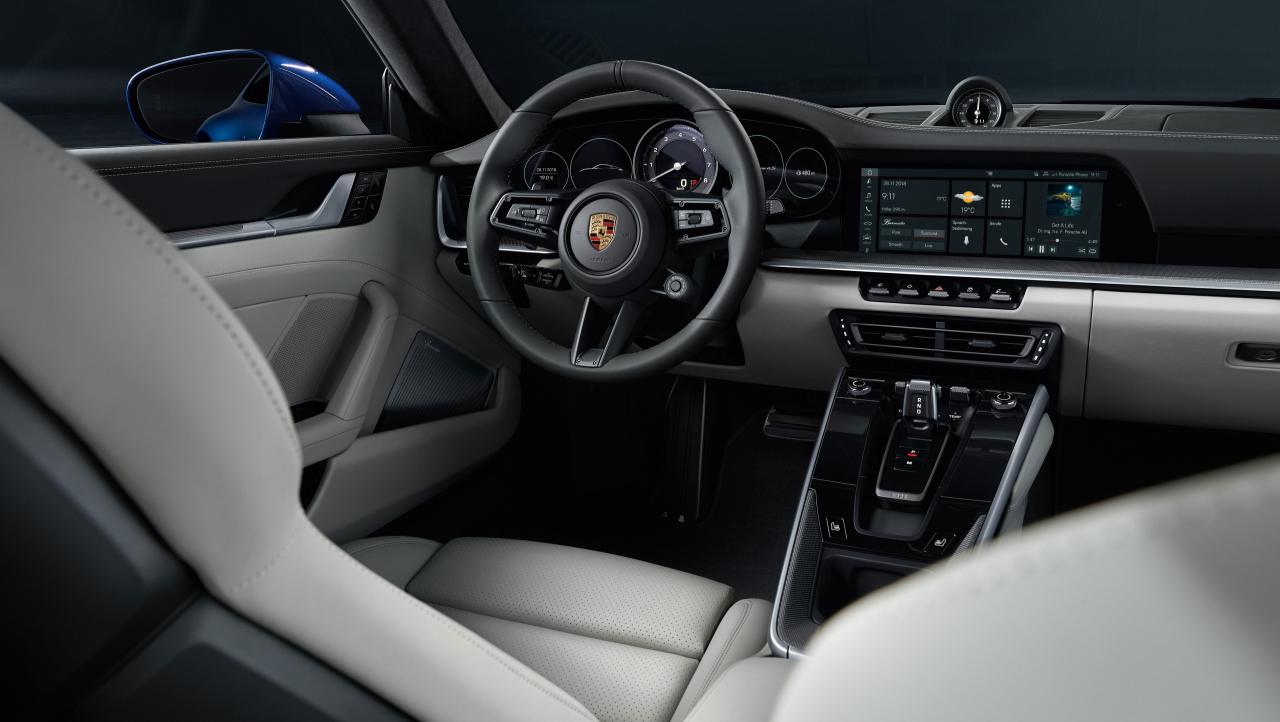


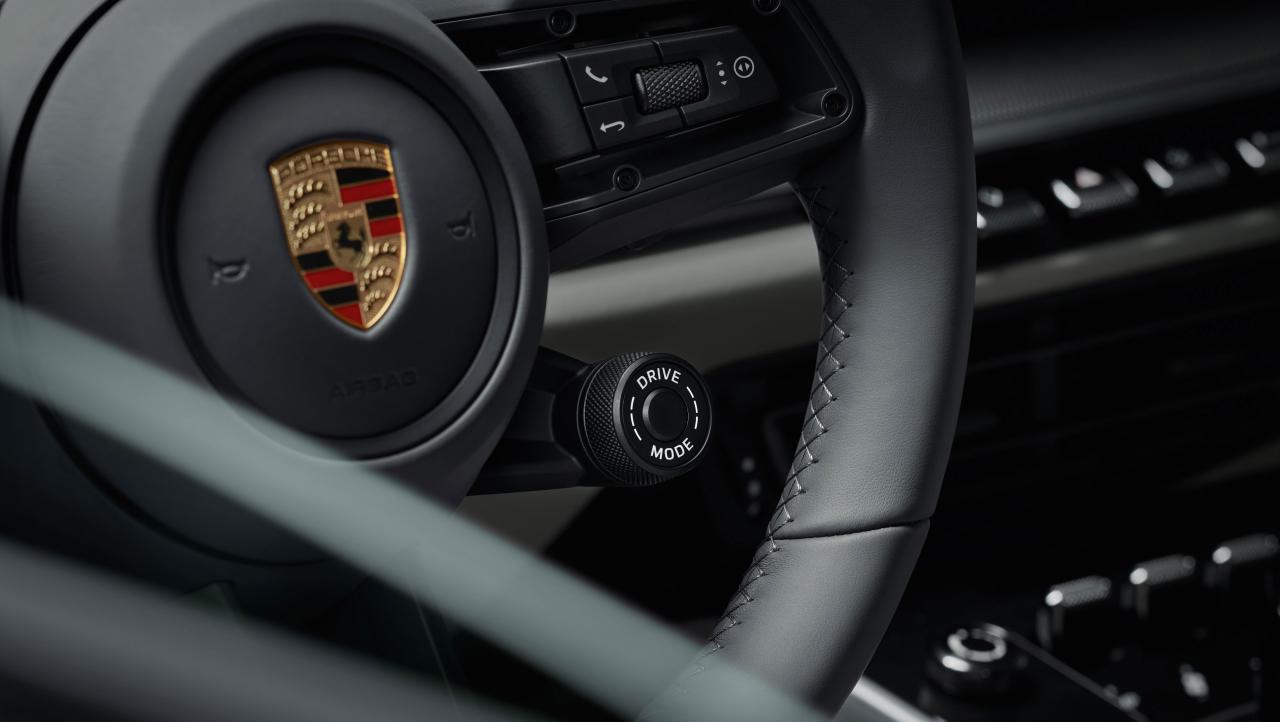




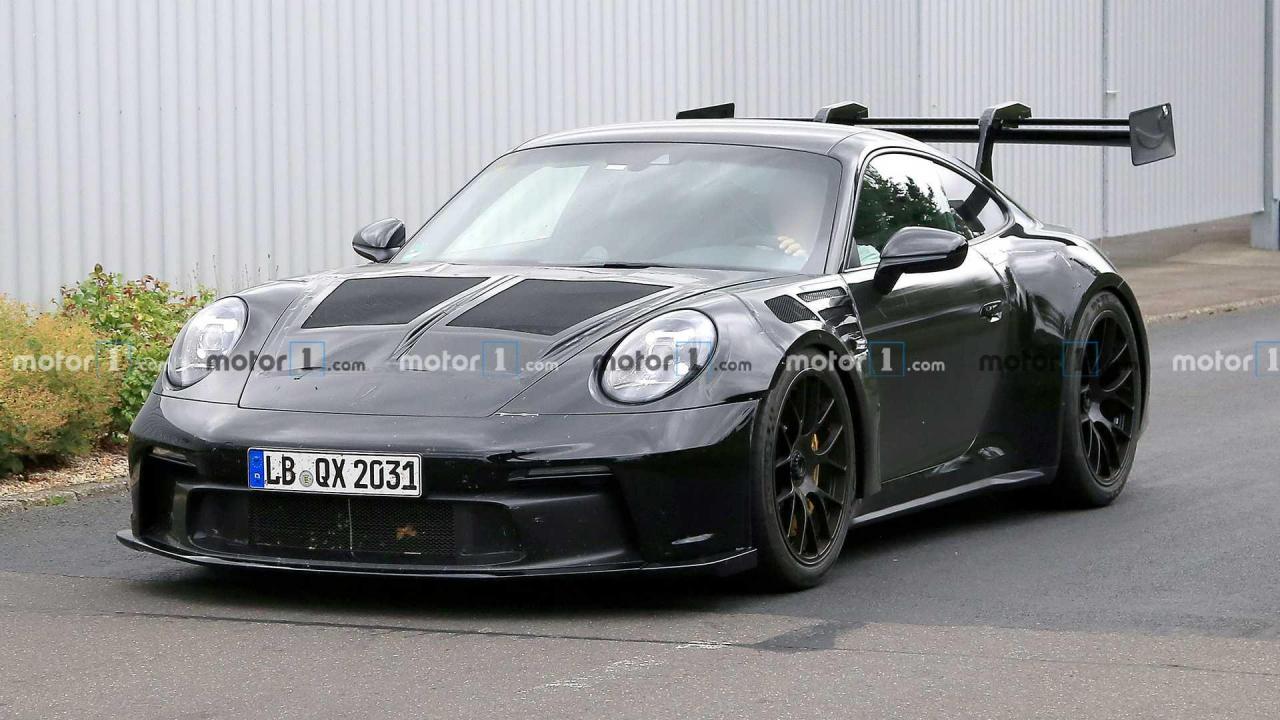



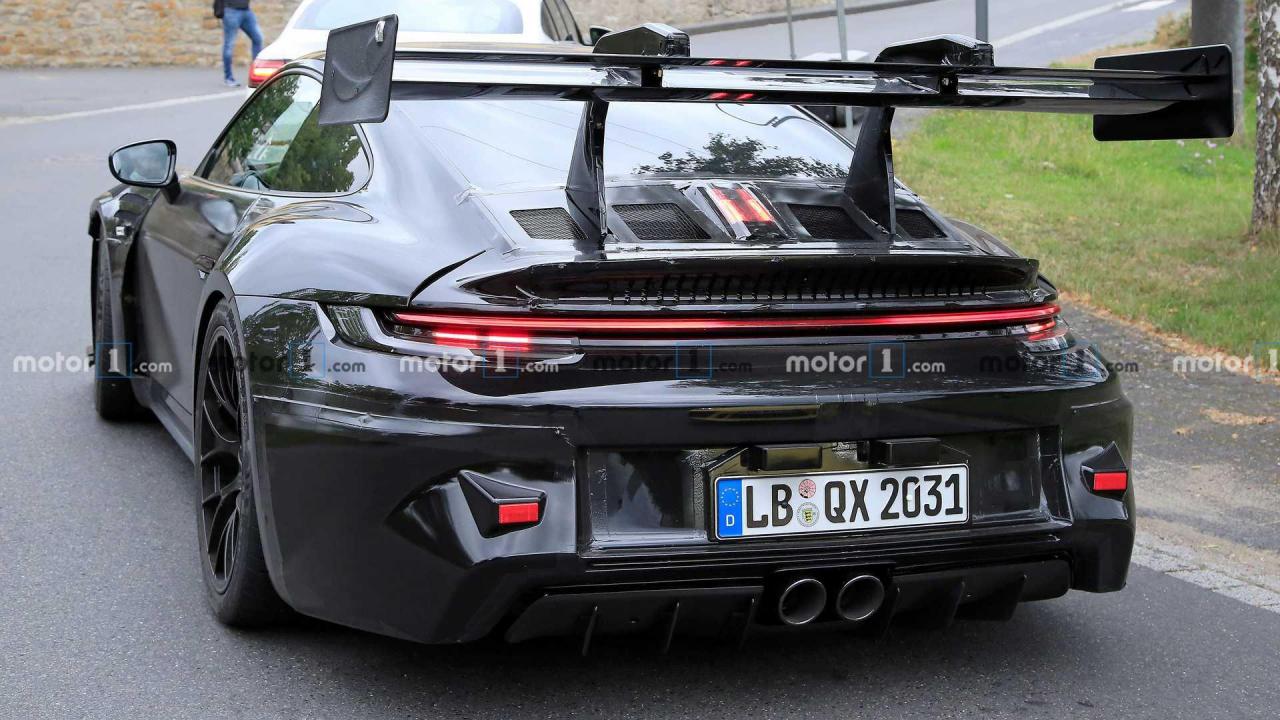


















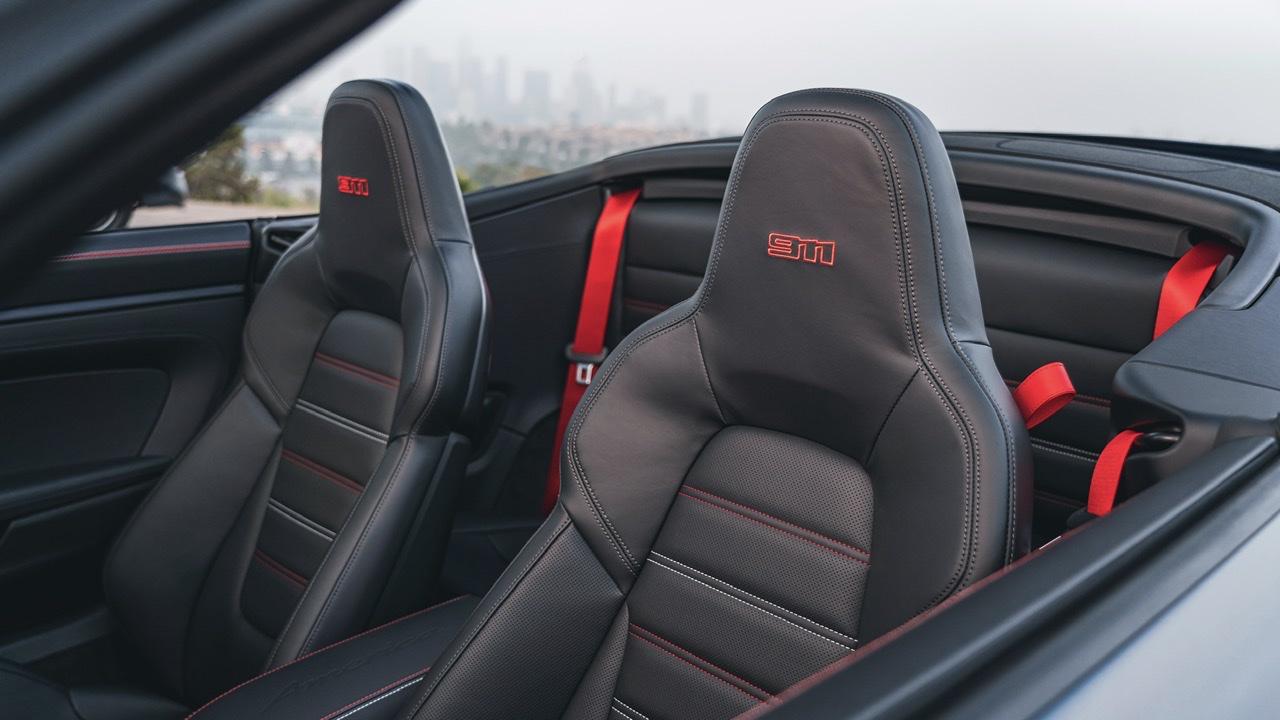


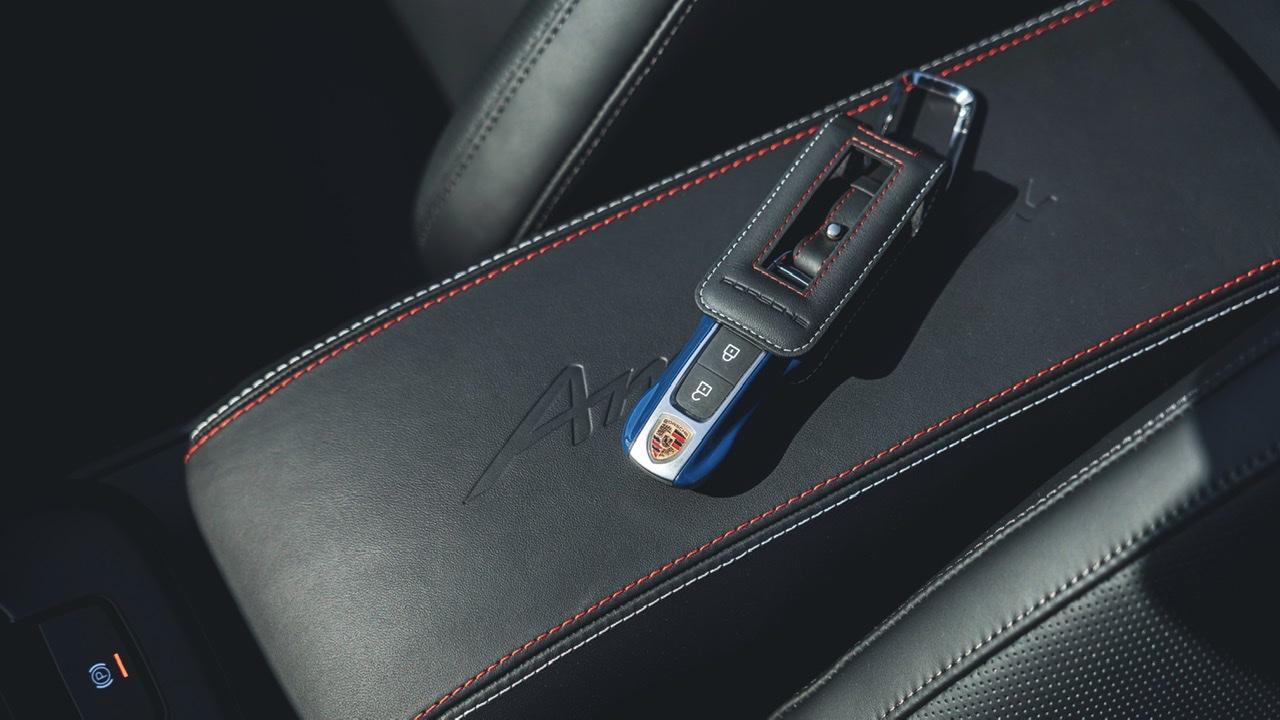
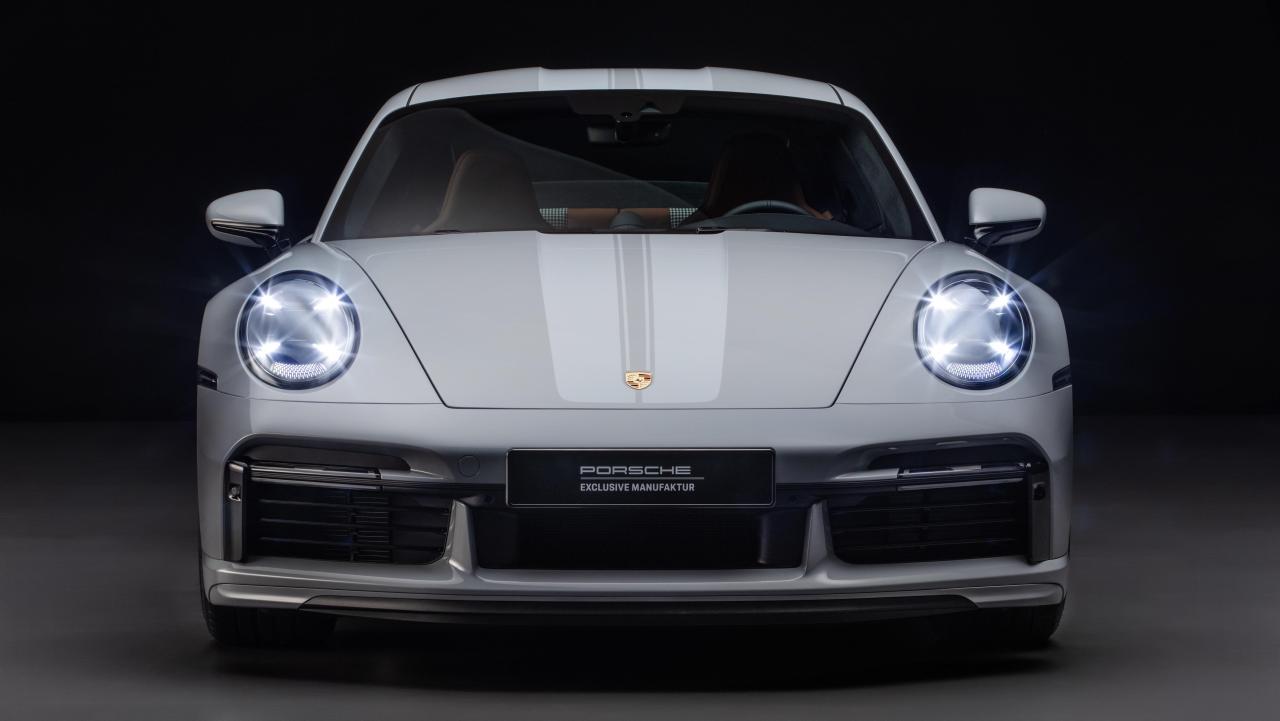









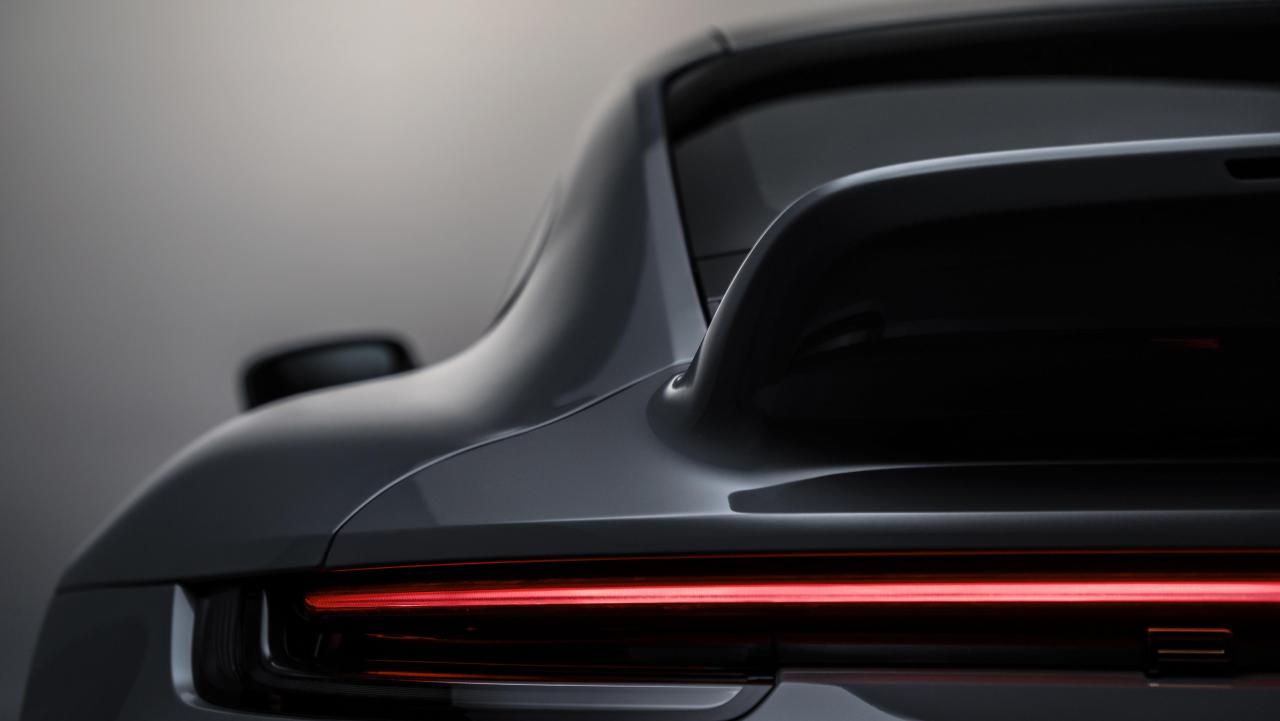
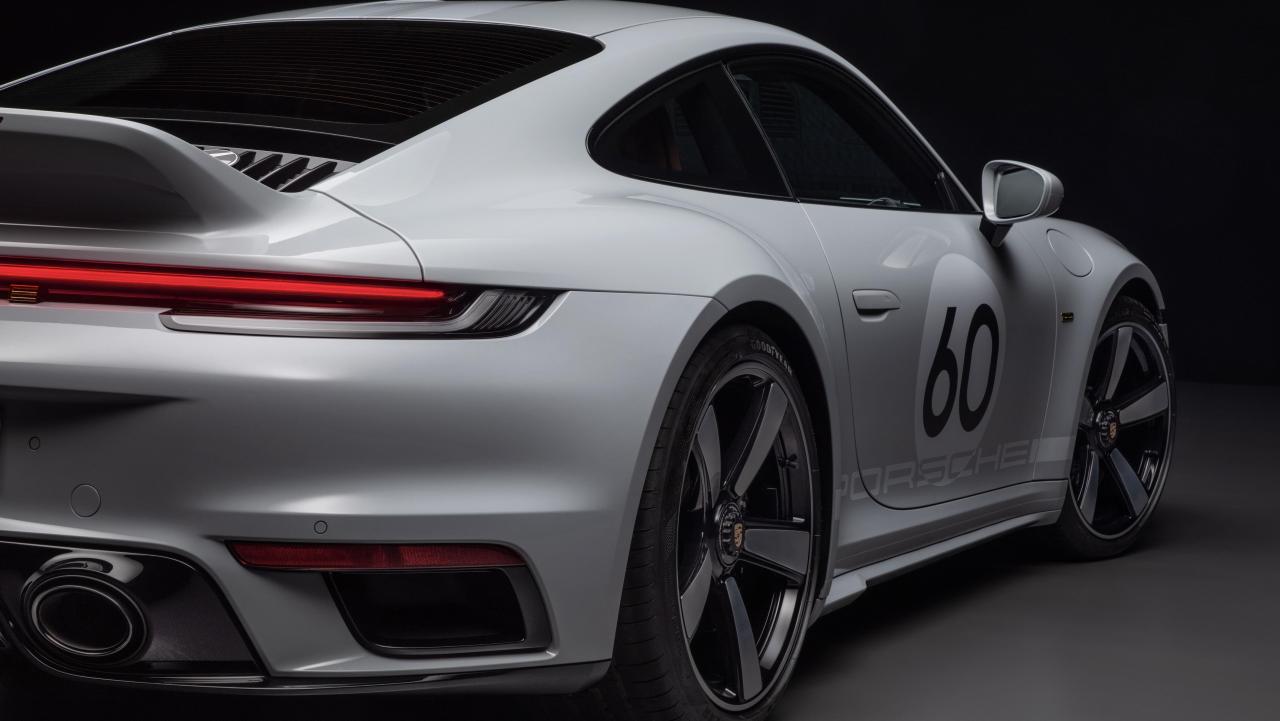
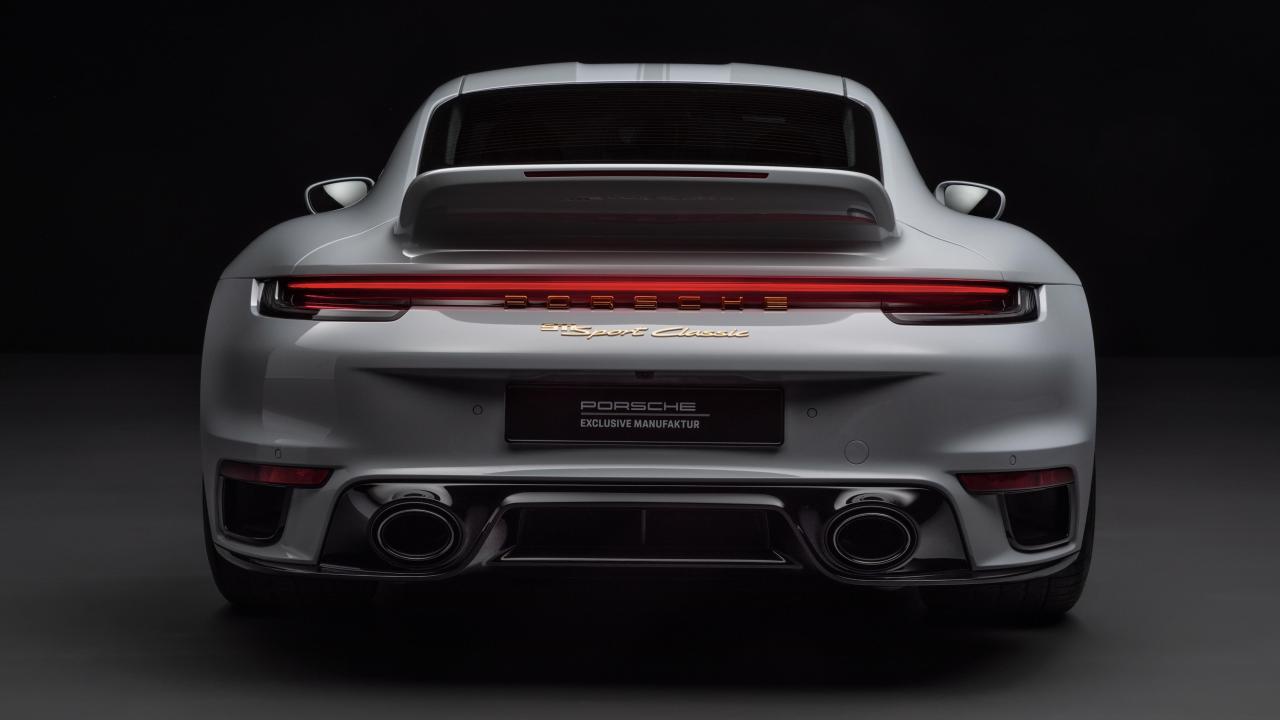
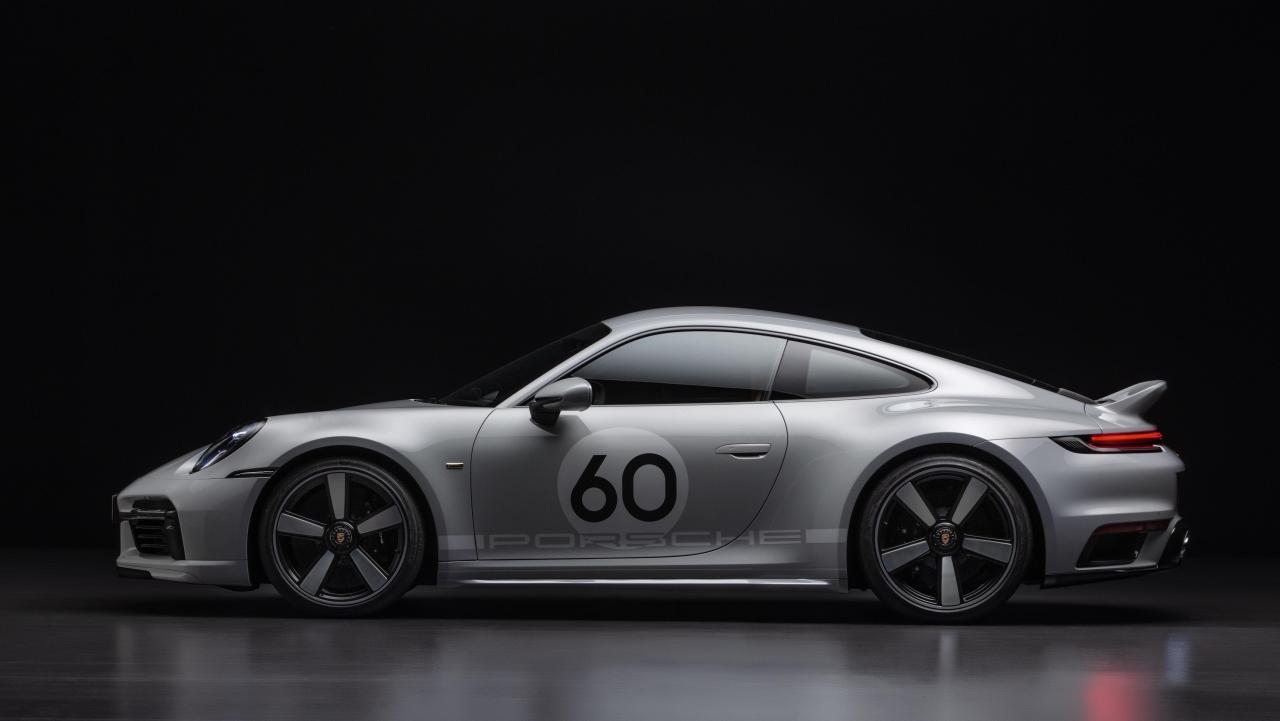









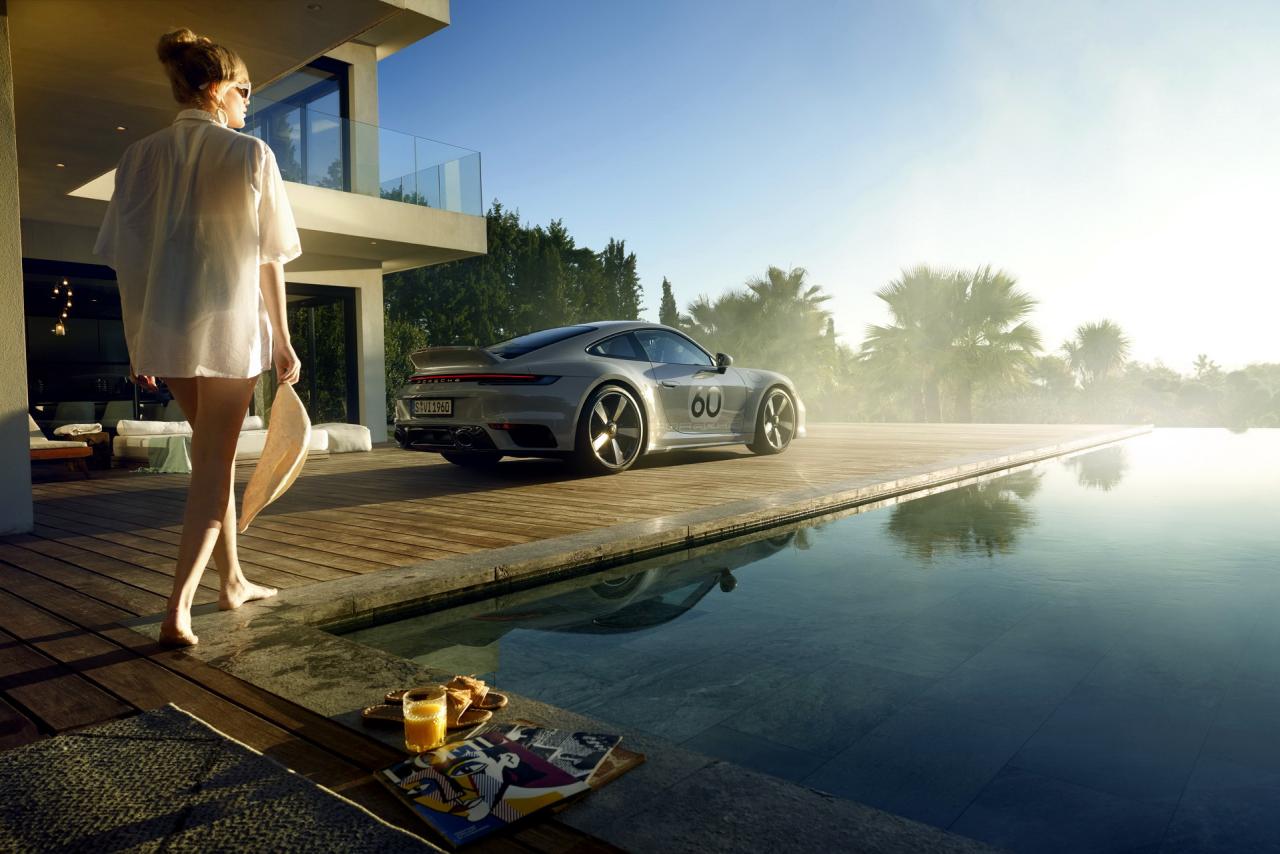








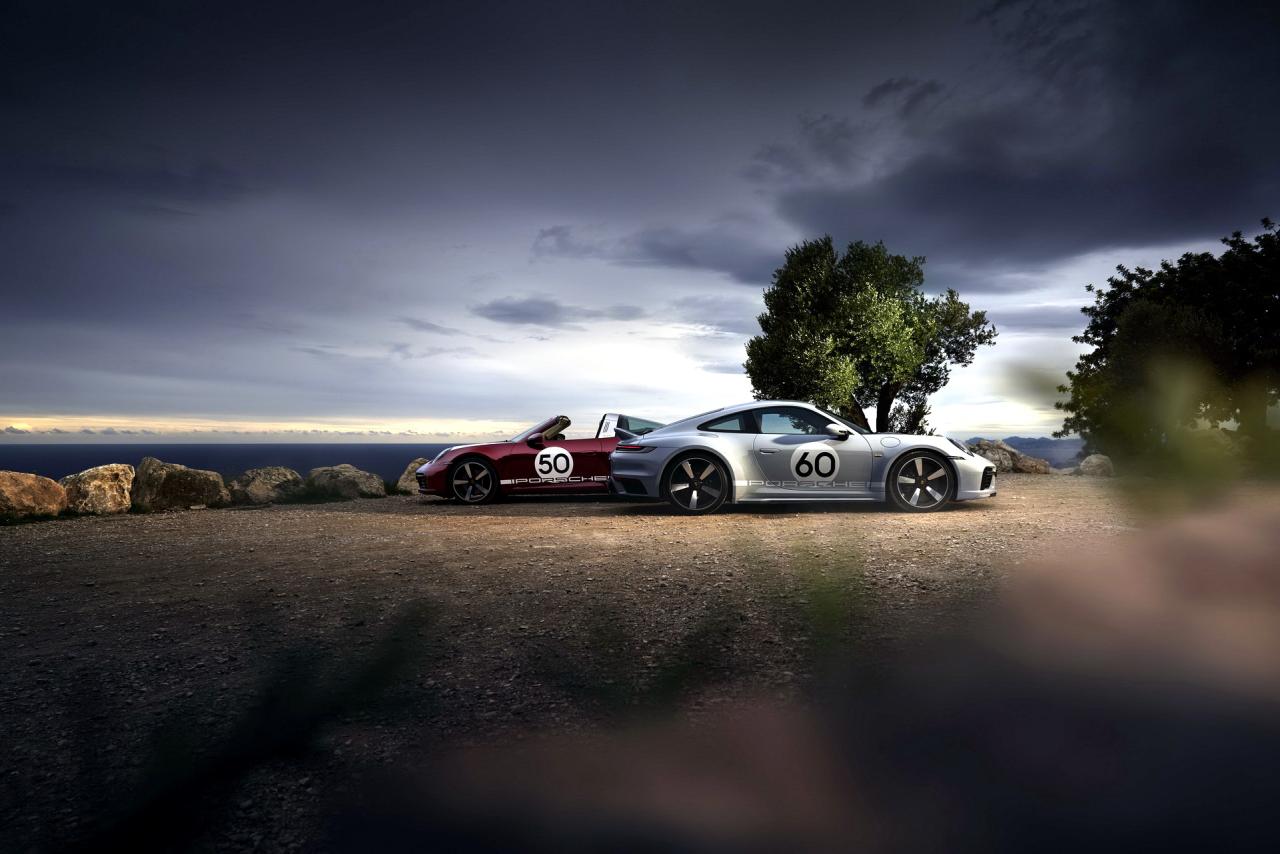













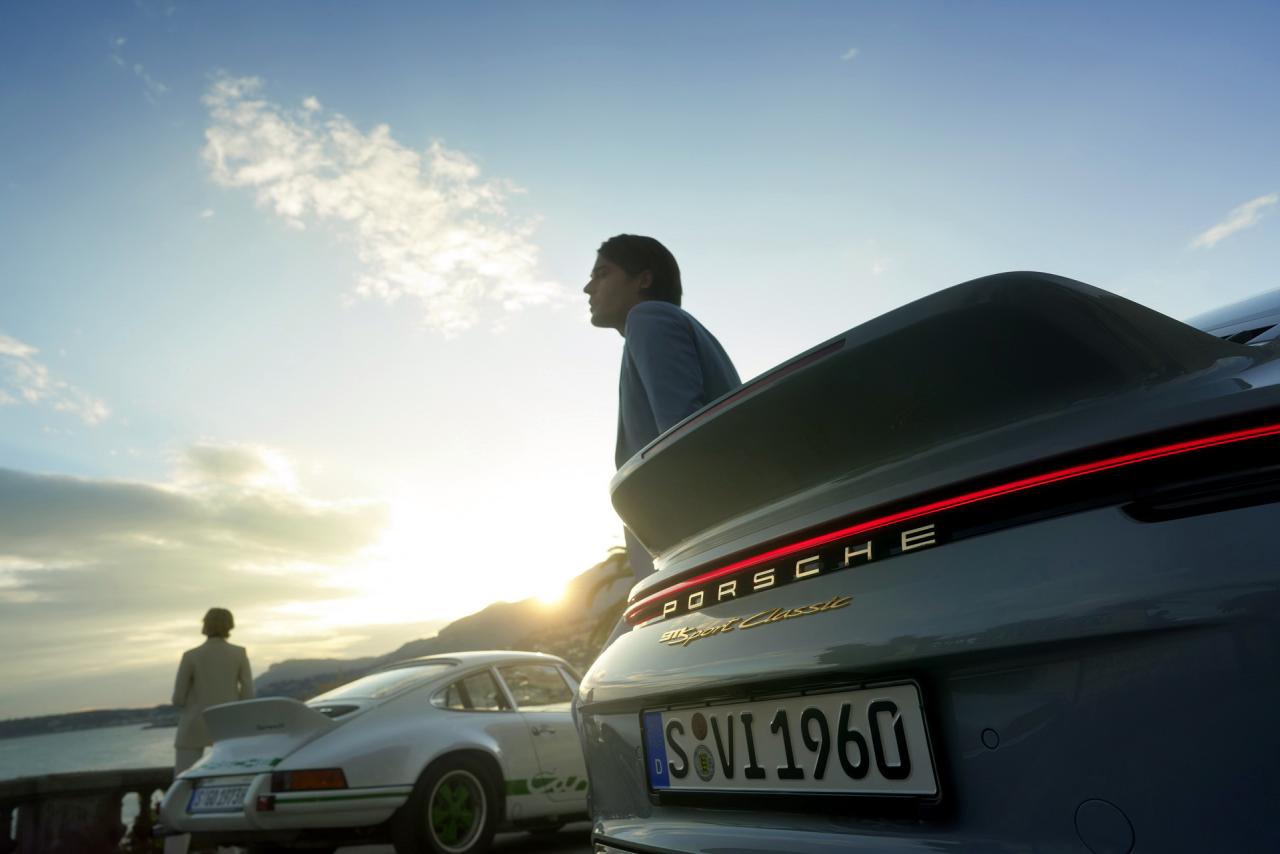















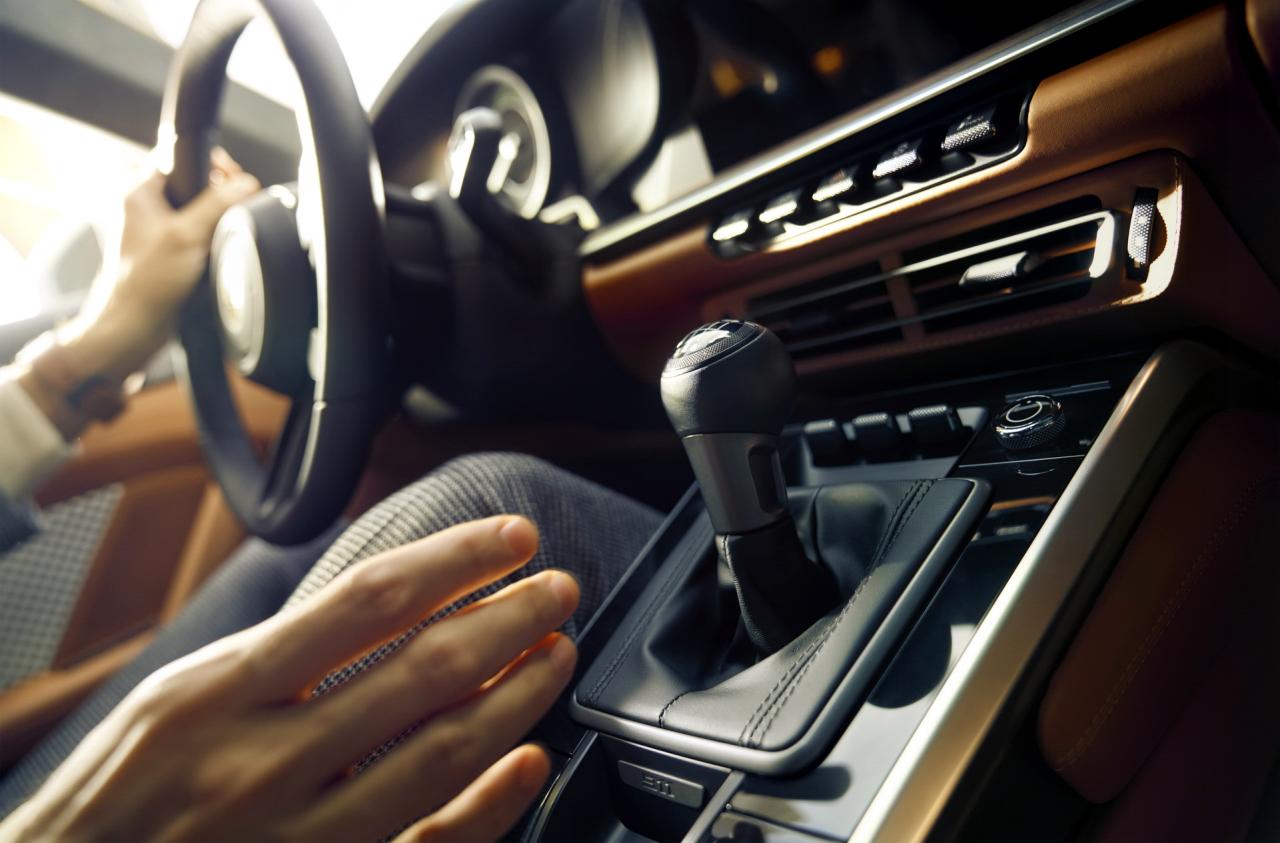















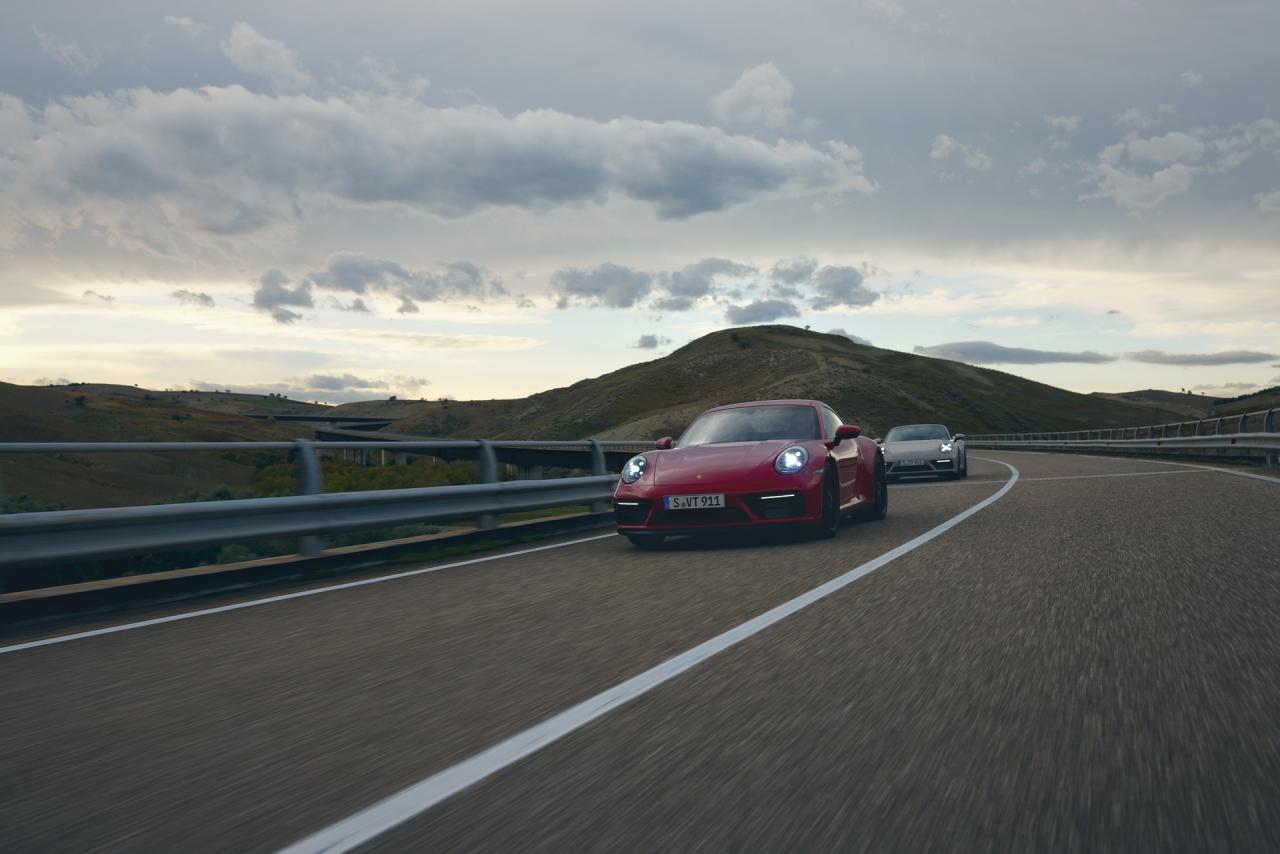



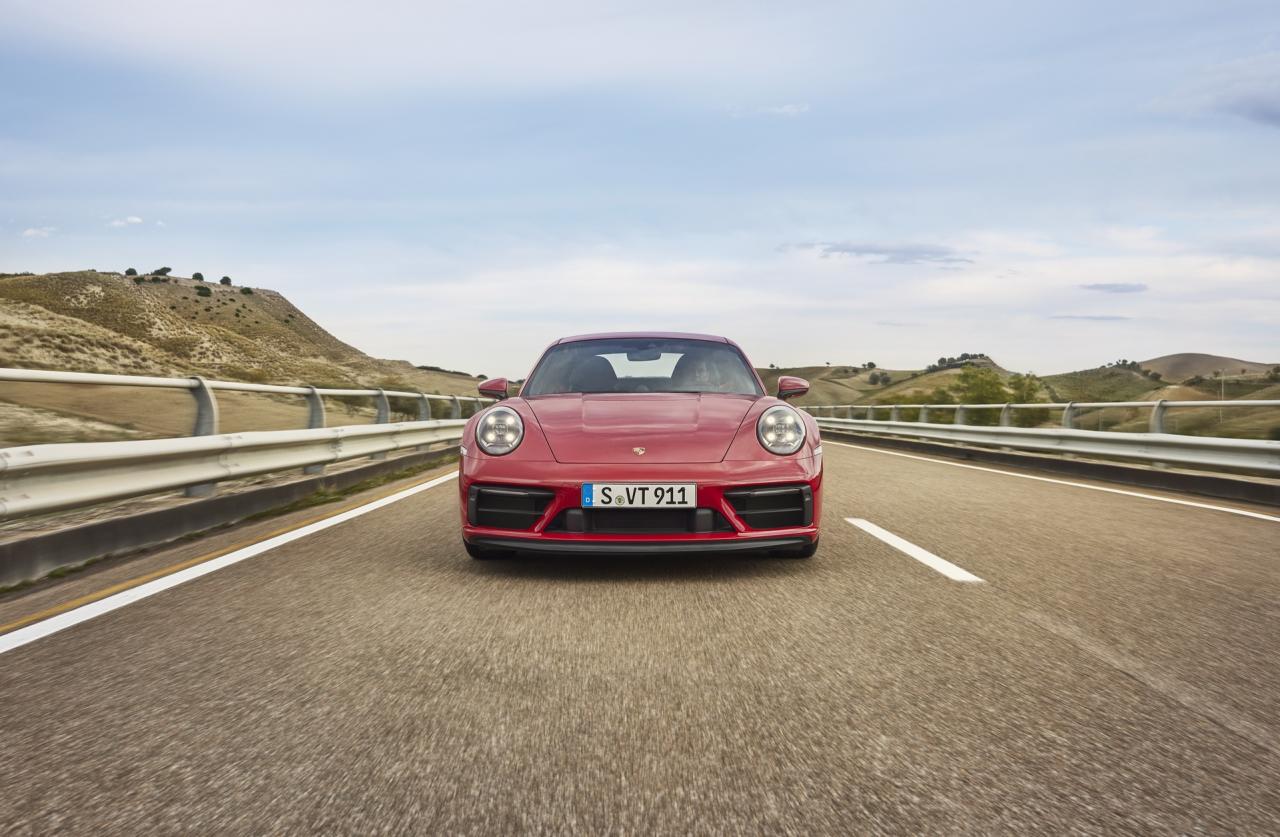

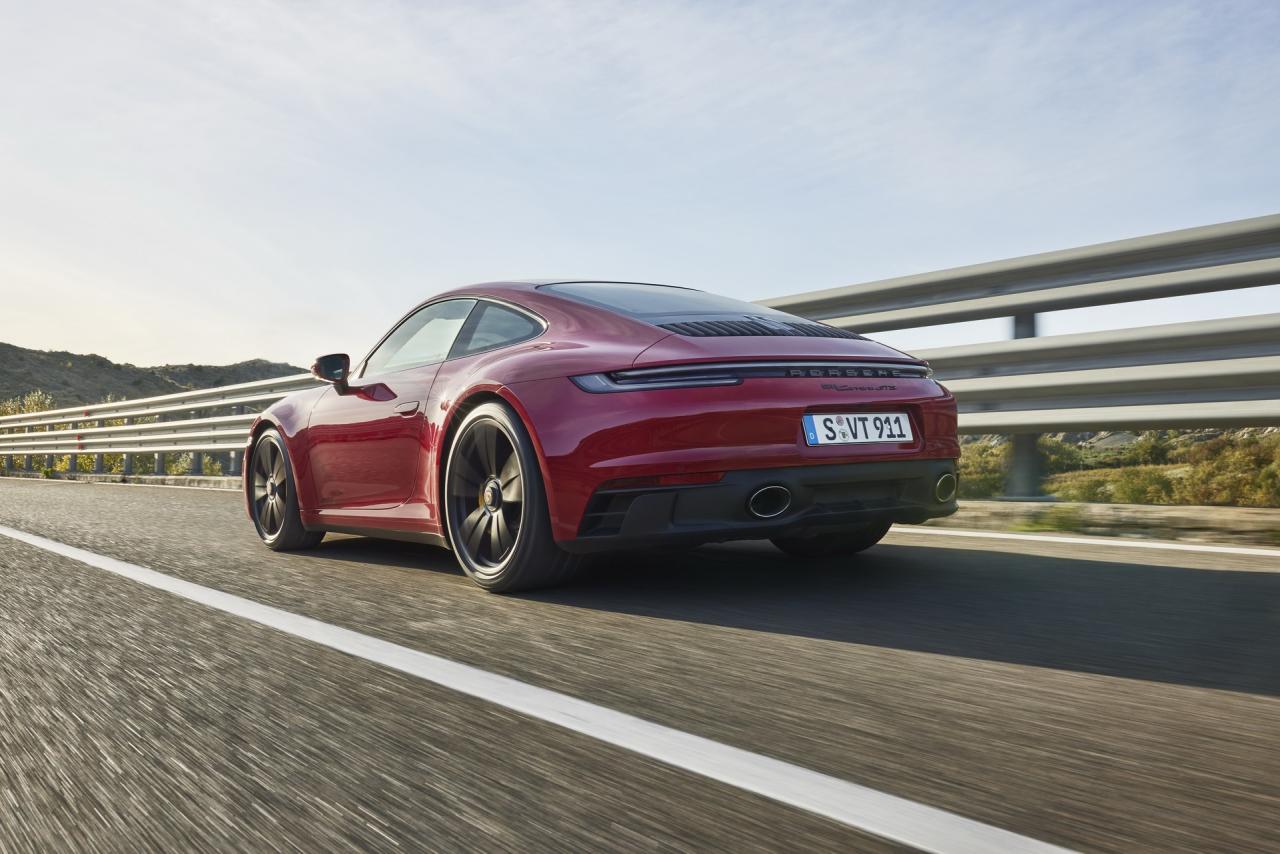








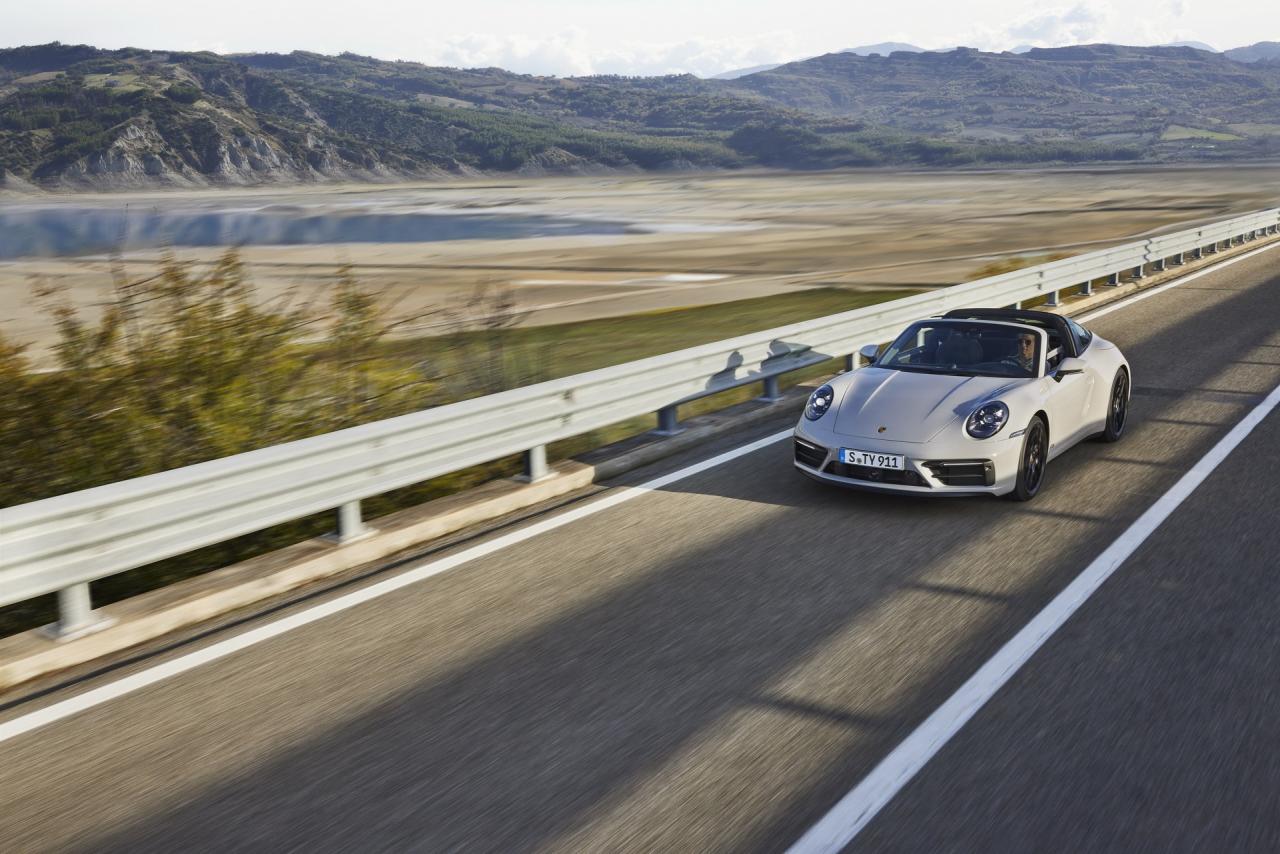












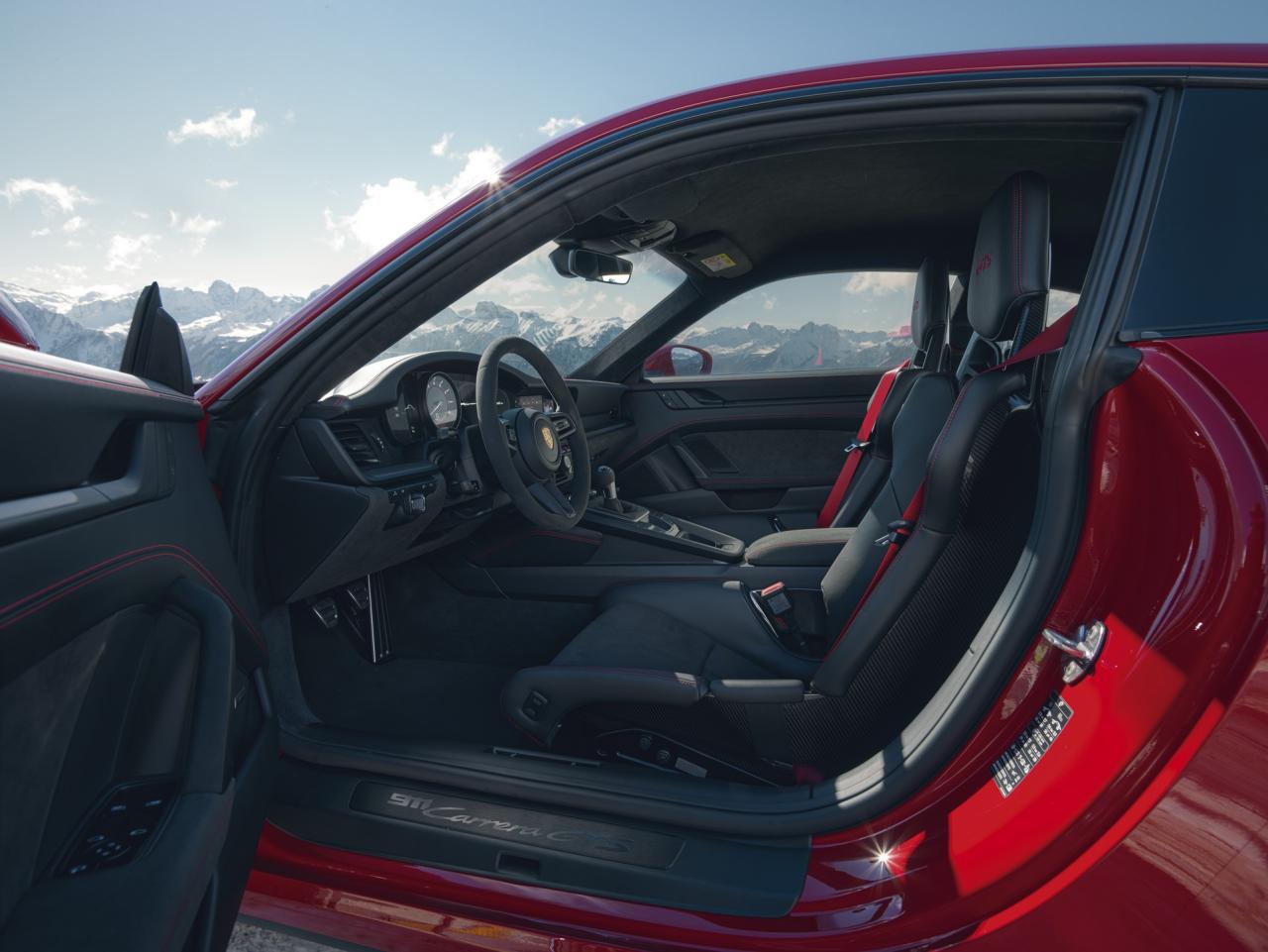
















.thumb.jpg.ec0042cbbf681a23325c45ffaa79cdb4.jpg)
.thumb.jpg.00822cac6d4116de749c113df92adea8.jpg)
.thumb.jpg.6ed11df8fc551e377fa76e3ea15ba240.jpg)
.thumb.jpg.3ac5a963c3b397add8bfd9d4b15ce255.jpg)
.thumb.jpg.f409f642a07df3ad4f61888e2a616a83.jpg)
.thumb.jpg.b2cbea1c5615e1160ff28acea3d294a9.jpg)
.thumb.jpg.82e1bf8bcd58d39f8f24d201c5d17262.jpg)
.thumb.jpg.3cd31920cf87a9b84e2ecfeb0a7034cb.jpg)
.thumb.jpg.3e554a722c68f9fcf66722fc8072874b.jpg)
.thumb.jpg.75236b40d6f41d13792822e53ddfeb8a.jpg)
.thumb.jpg.47f8e23e6e784cd39bcdc9ad3c09a774.jpg)
.thumb.jpg.3c78db546c878a3609a884728e36e6e1.jpg)
.thumb.jpg.15780610d3168572d7449752e825a0fe.jpg)
.thumb.jpg.8941c45e19b39ae896ddb440c022c8f3.jpg)
.thumb.jpg.70ef792f049f06d052d3592021a90f70.jpg)
.thumb.jpg.a2b28e2eb992aff73195b80192e6867d.jpg)
